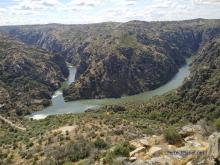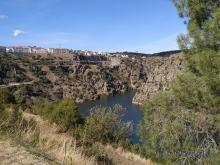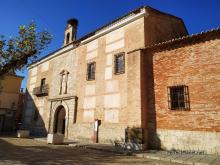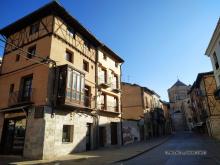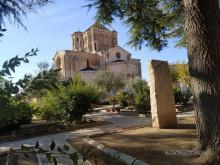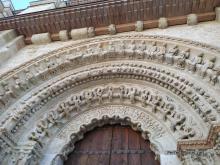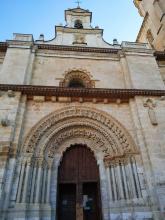Torre de Moncorvo is a Portuguese place close to the Douro Natural Park.
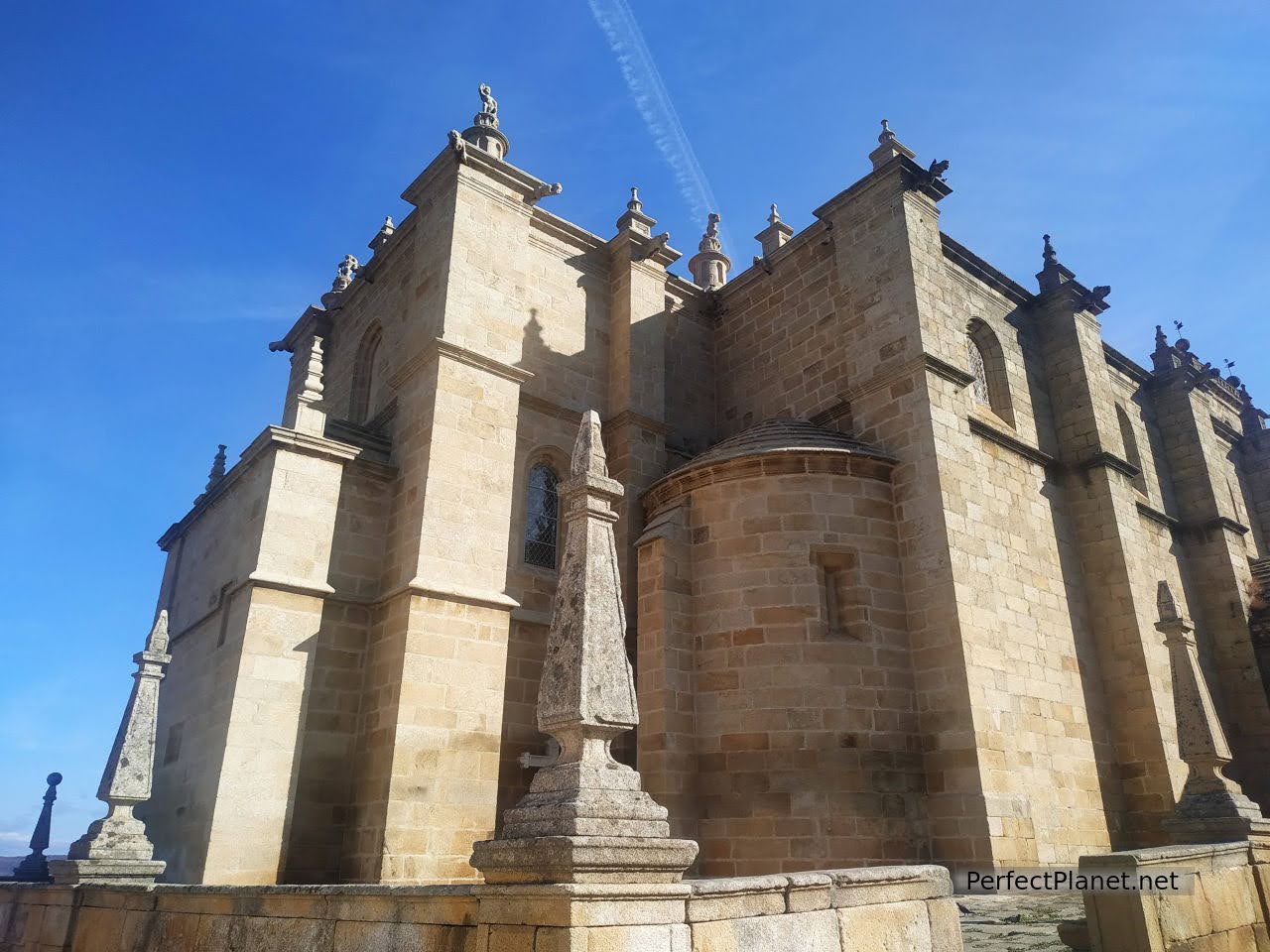
Mother Church
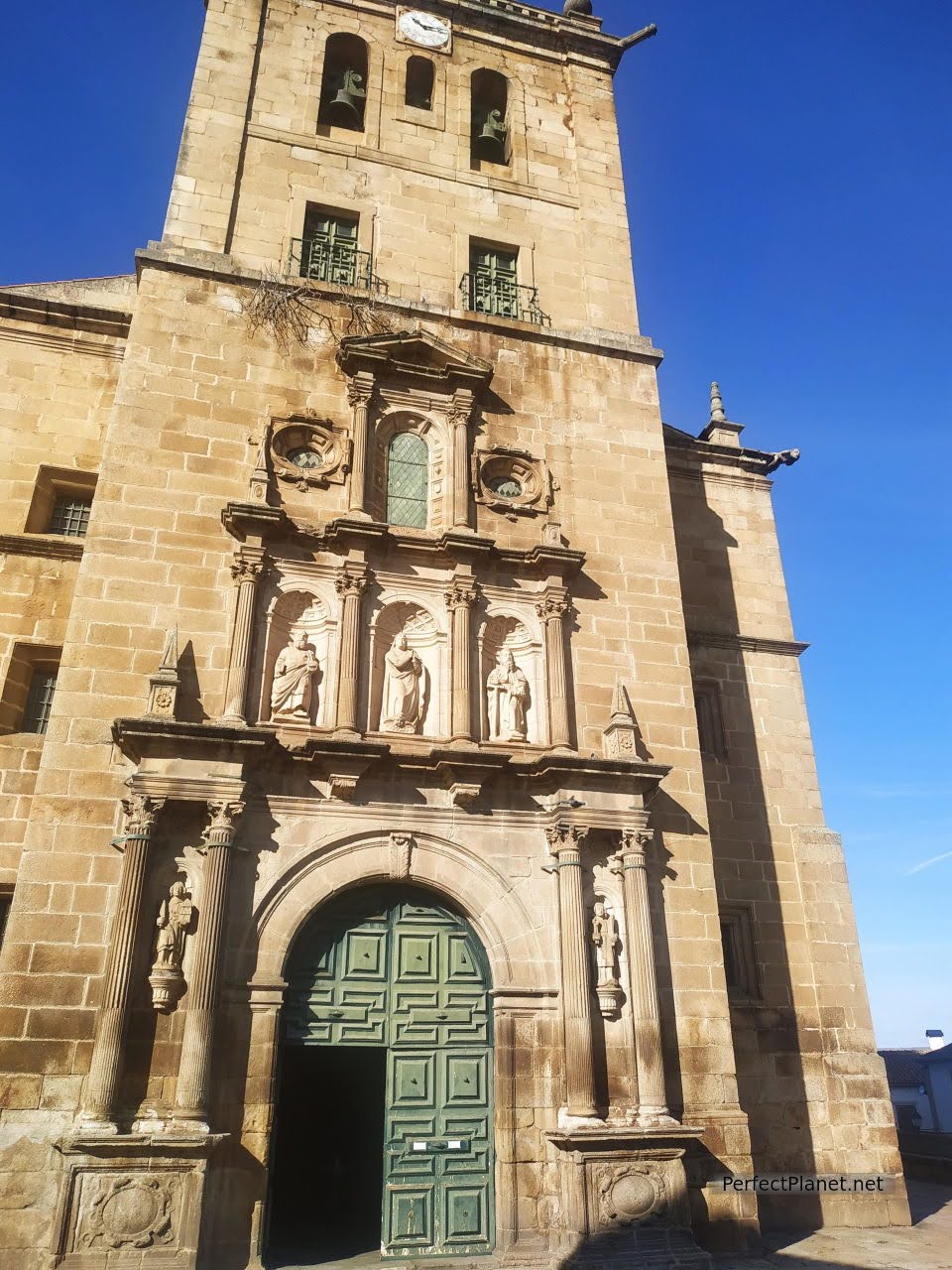
Mother Church

Mother Church
It was a walled town and its castle was rebuilt on several occasions, although nowadays only vestiges of past times remain. Highlights include the Mother Church and the Church of Misericordia, the Moncorvo Tower and the castle.

Torre de Moncorvo
It had great importance in several areas, it was an important centre of commercial exchange, the Royal Linen and Hemp Factory was created (spreading the use of silk and the cultivation of the worm) and it was also a mining exploitation as there was one of the most important iron deposits in the country.
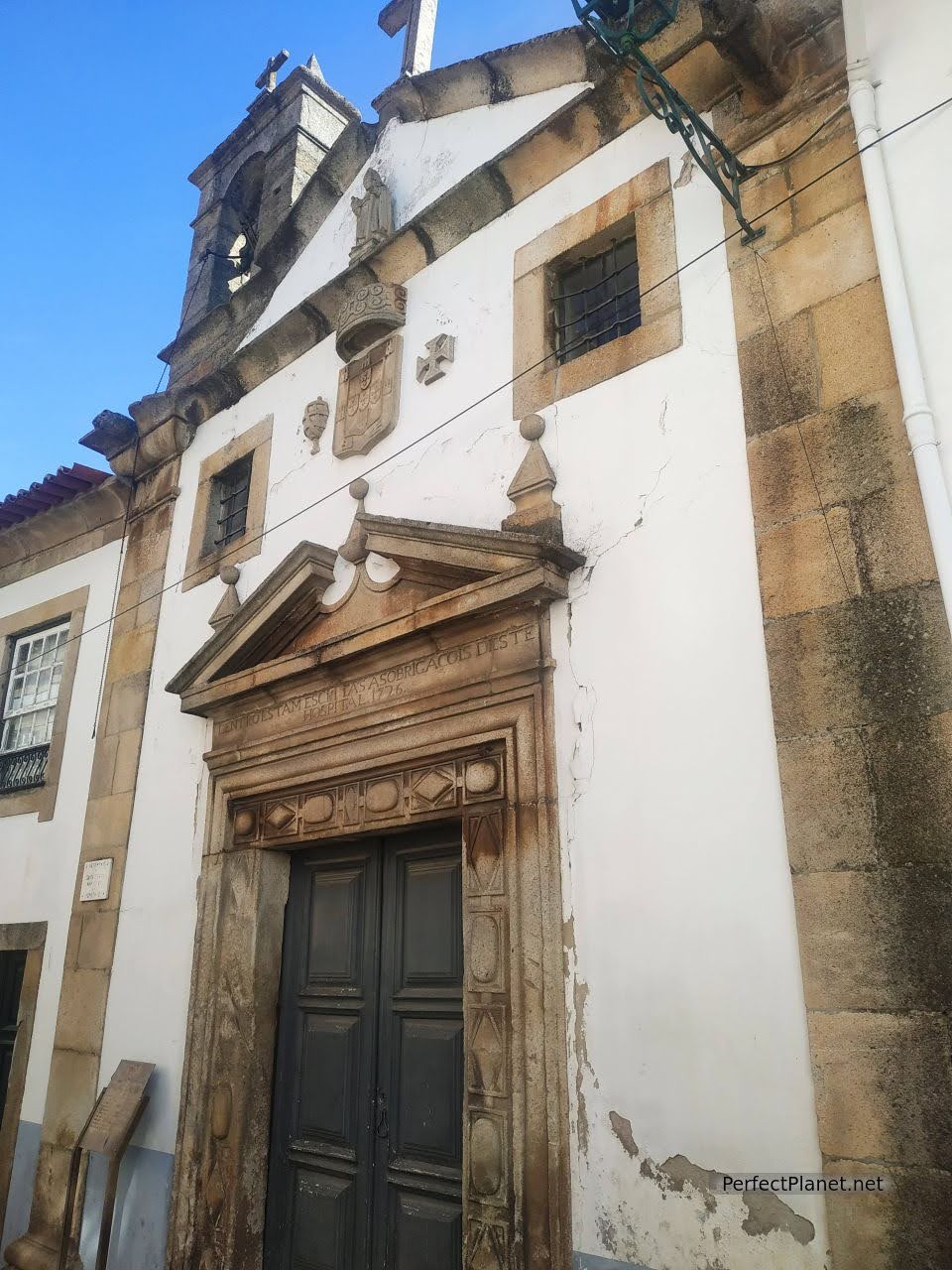
Torre de Moncorvo
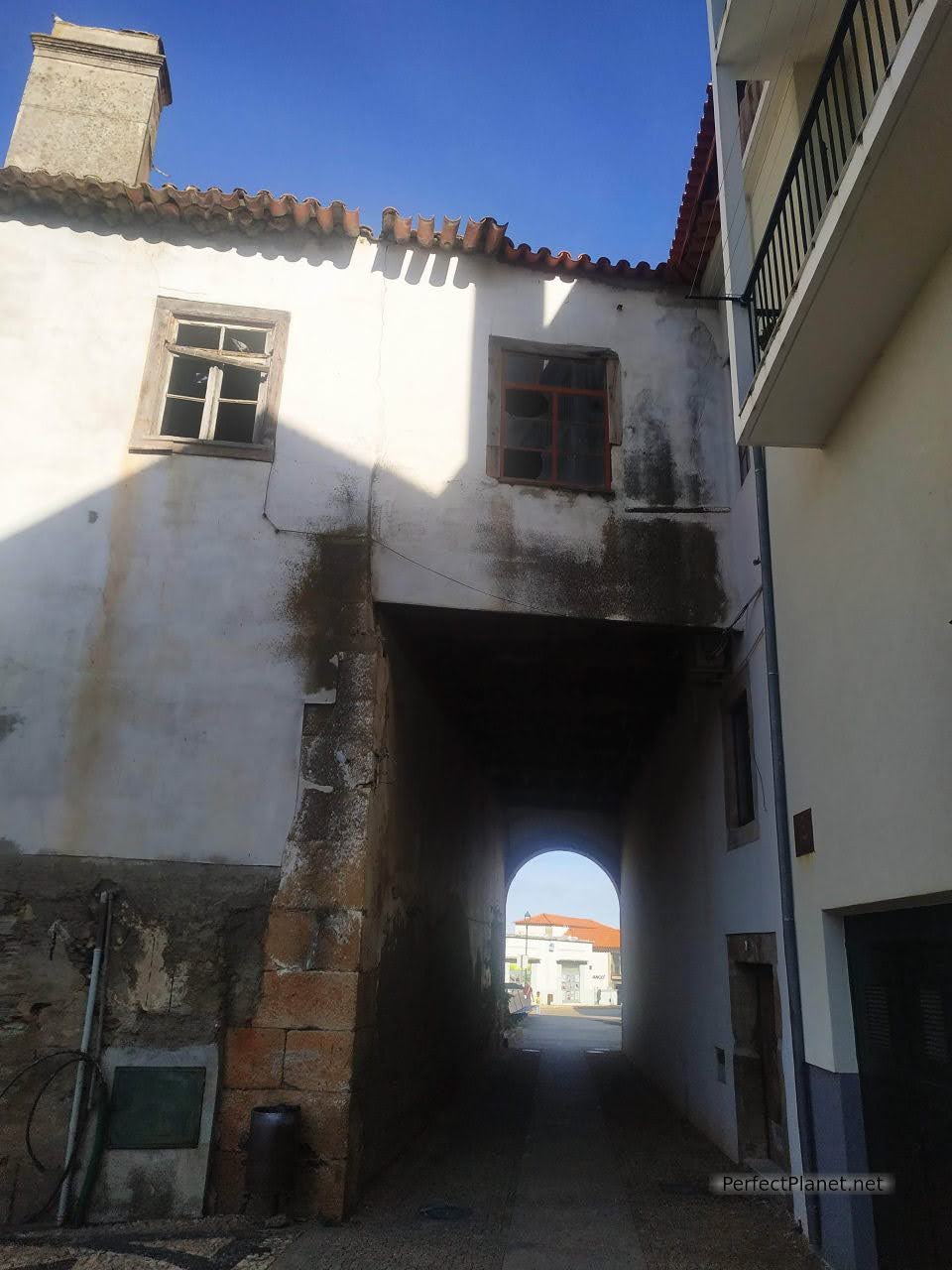
Torre de Moncorvo
Its streets still preserve interesting buildings, tiled and baroque. You can buy typical pastries and sweets, we did so at the bakery Bom Gosto in front of Casa do Avó. Here a neighbour told us that she had lived in Spain for several years and got very excited talking to us.
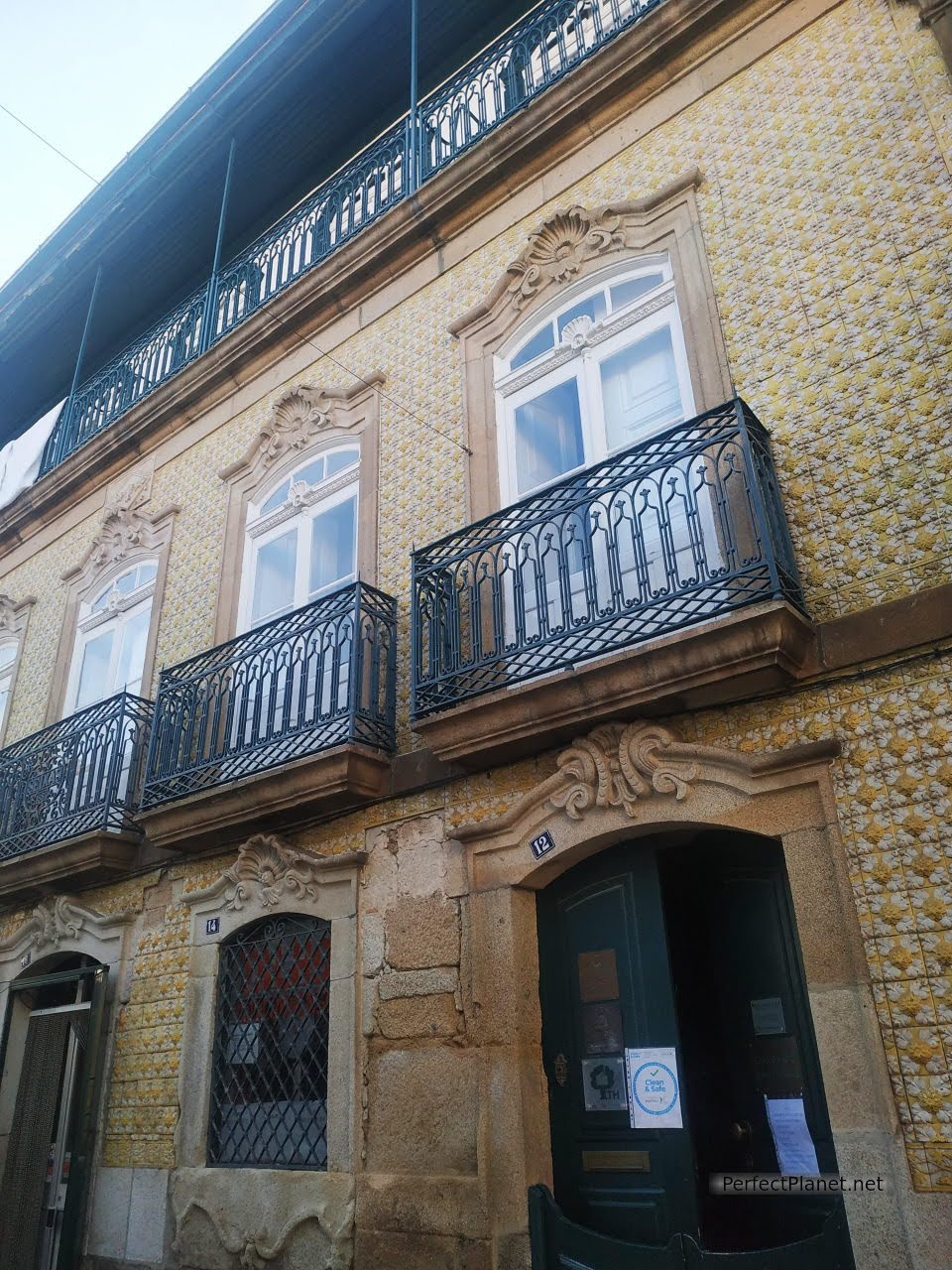
Casa do Avó
Our next stop is Mogadouro. To get there we decided to get lost on back roads to enjoy the rural environment and we were lucky enough to see a local man with his ox cart, something not so common nowadays.
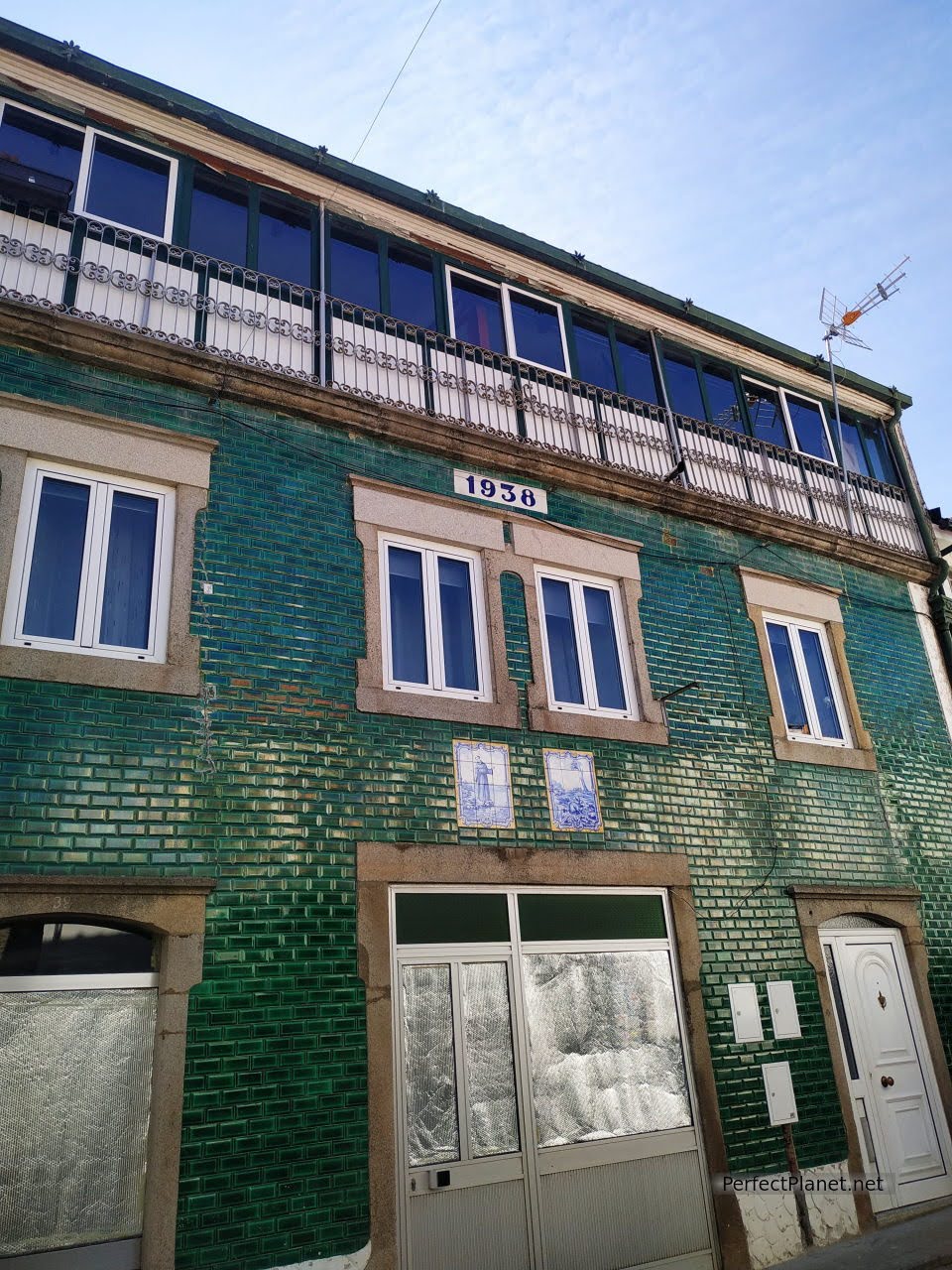
Mogadouro
Mogadouro is a Portuguese village in the Tras Os Montes region bordering the Douro International Natural Park.
It is a large town, we park in the Parque da Vila, a large square with cafes and restaurants. We walk through the streets until we reach the castle, at the foot of which stands the Mogadouro Mother Church. In rural areas people are quite religious and it is common to see them coming out of or going into the church.
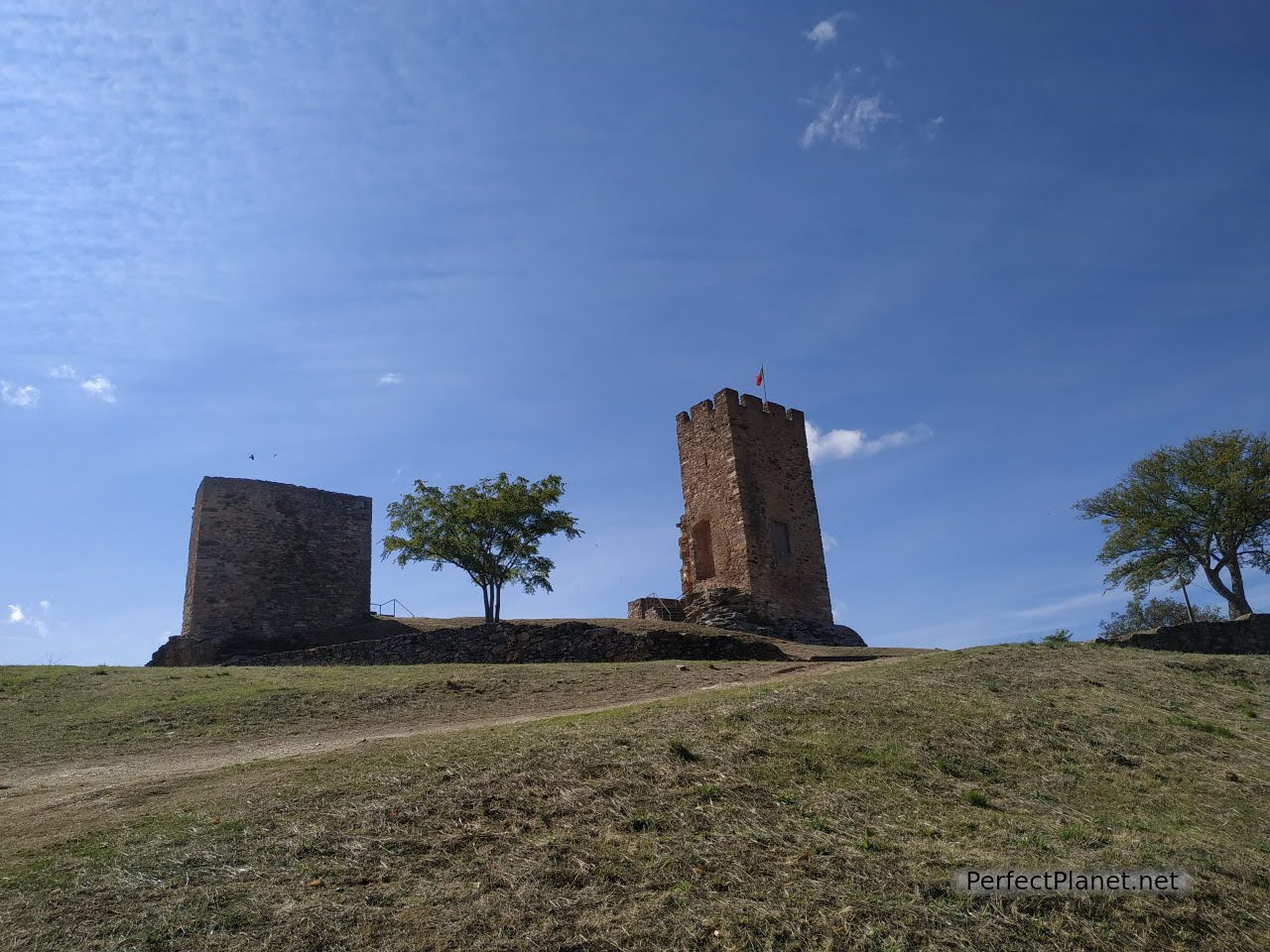
Castle of Mogadouro
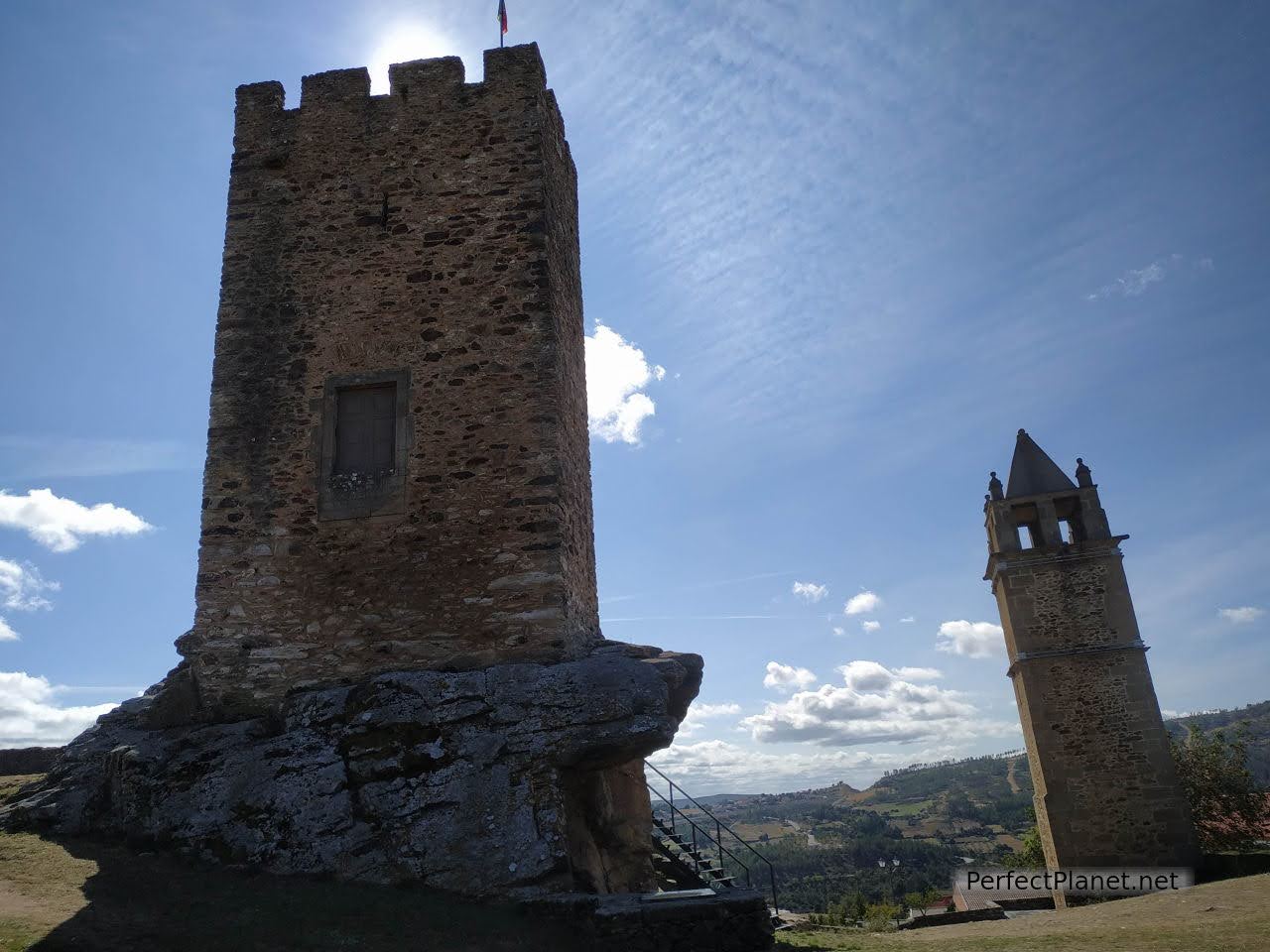
Castle of Mogadouro and Clock Tower
The castle is the most outstanding monument, of medieval origin, the keep and the remains of the wall are preserved. Next to these are the Clock Tower, a pelourinho and the Church of Miericordia.
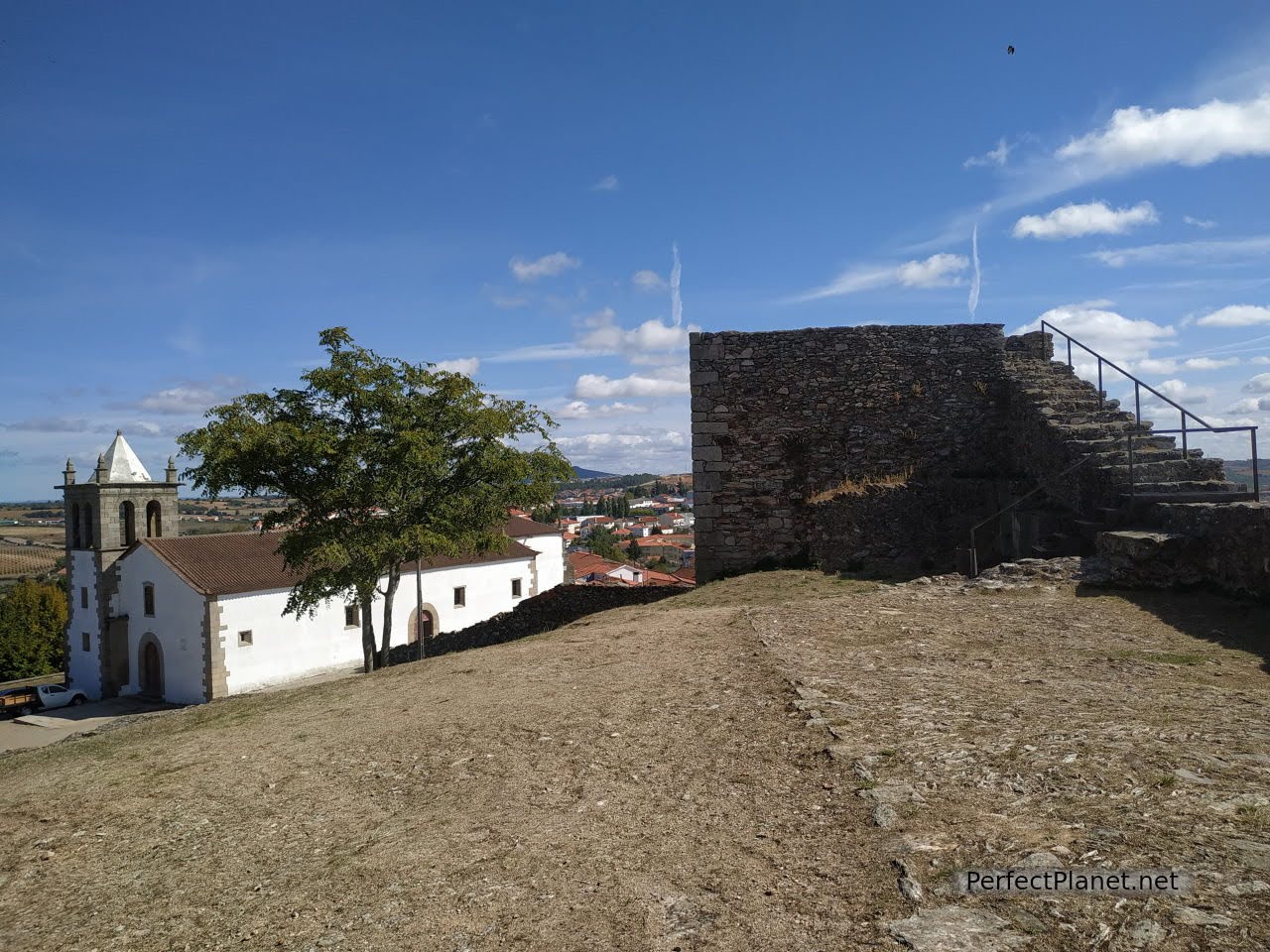
Church of Misericordia
On our way back to the Parque da Vila we pass the town hall. Suddenly something catches our attention, a donkey cart braying at a tremendous speed followed by dogs almost skidding on the road.
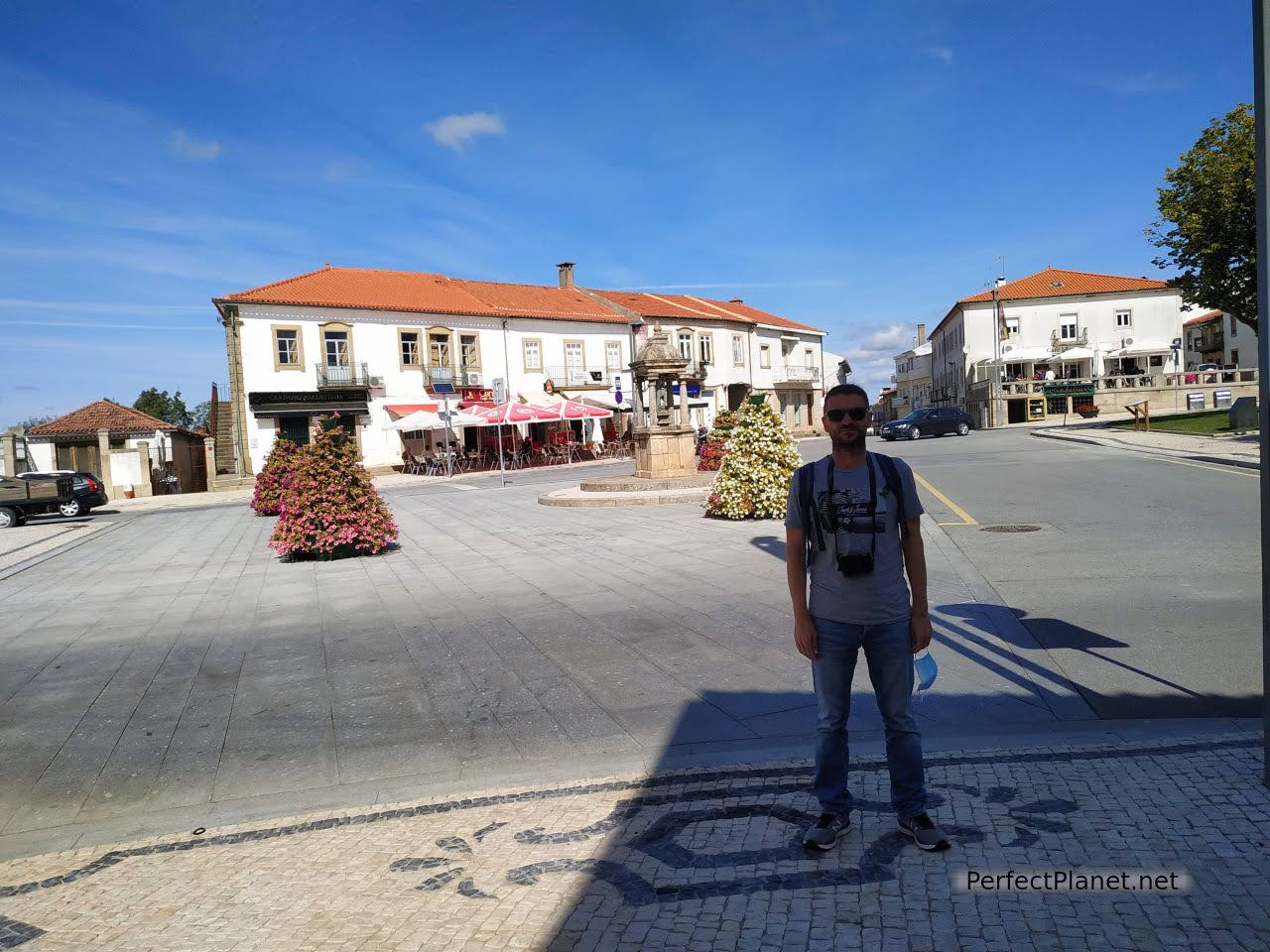
Vila Park
Back to the car, next stop Picote. We have read that in this small village there are impressive views of the meanders of the Duero and indeed, the place is incredible. You have to get to the viewpoint to which they have added a glass platform. Don't miss it.
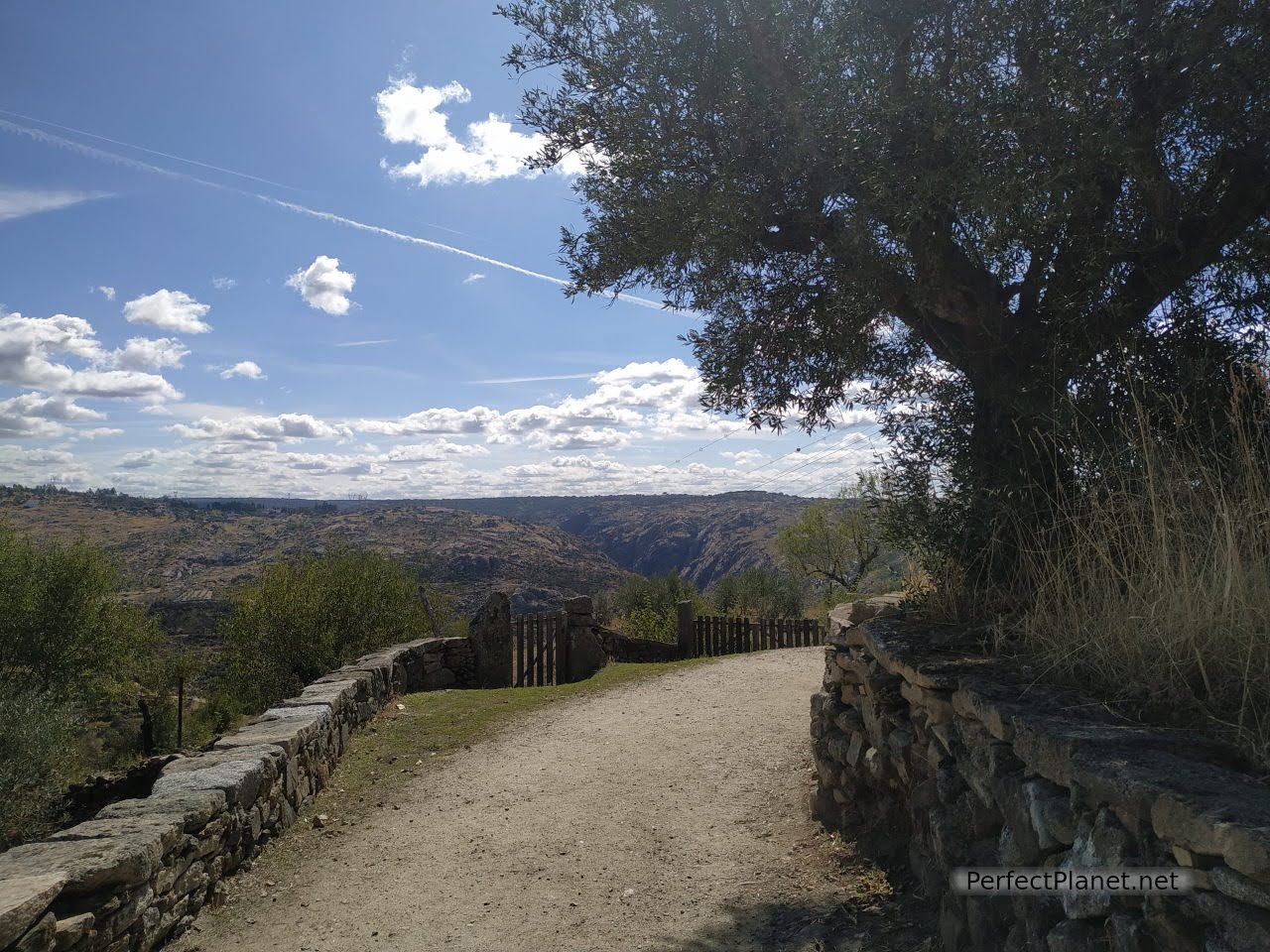
Picote
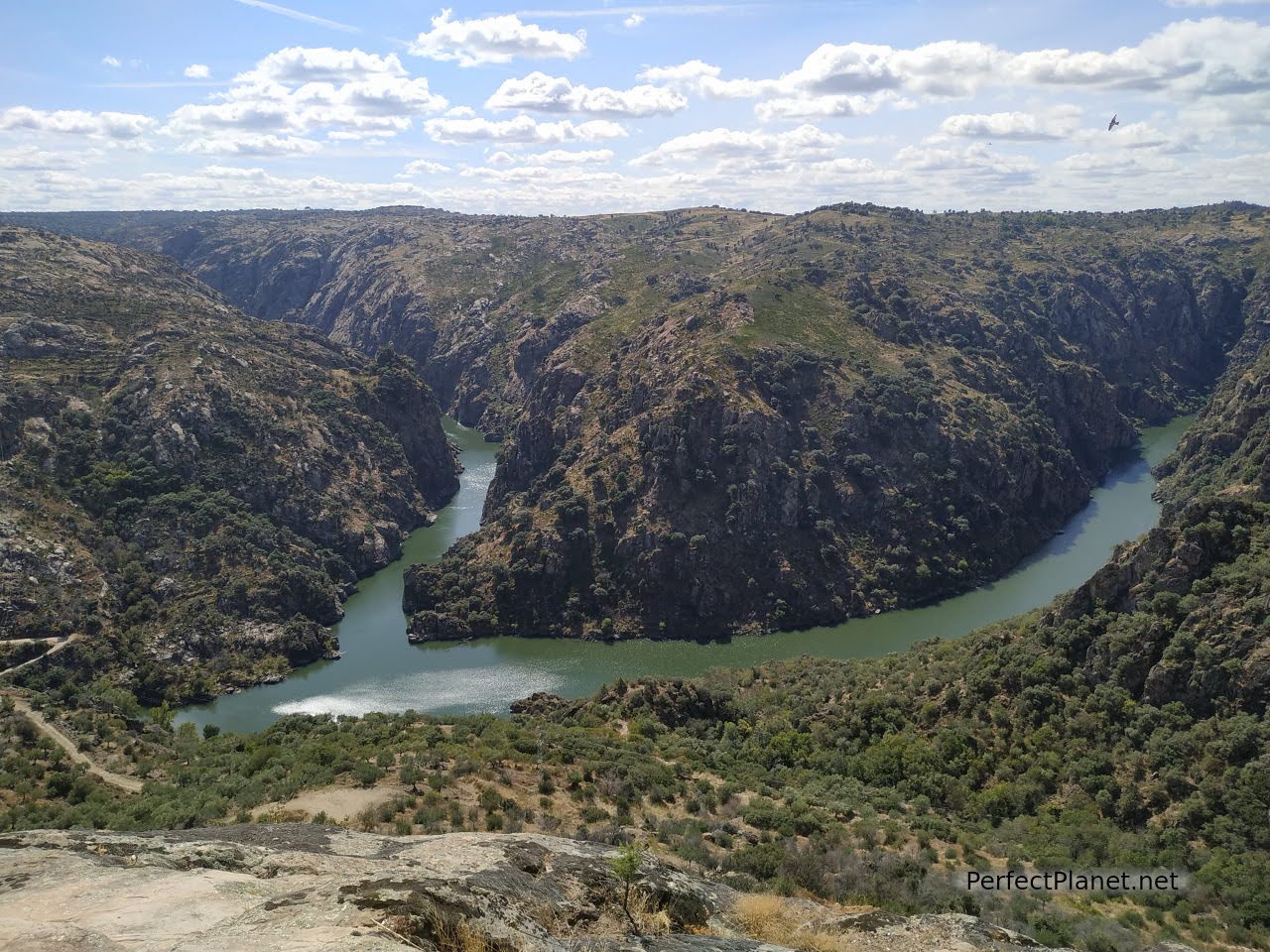
Picote viewpoint
The village is also pretty, with granite houses and narrow streets.
We bought some local oil in a small souvenir shop next to the viewpoint, it is very mild but very tasty.
Within the Douro Natural Park there are several viewpoints of interest, we chose the one in Picote but there is a route of twelve viewpoints along the canyon in different localities such as the Barrancas, the Fraile or the bridge of Requejo among others.
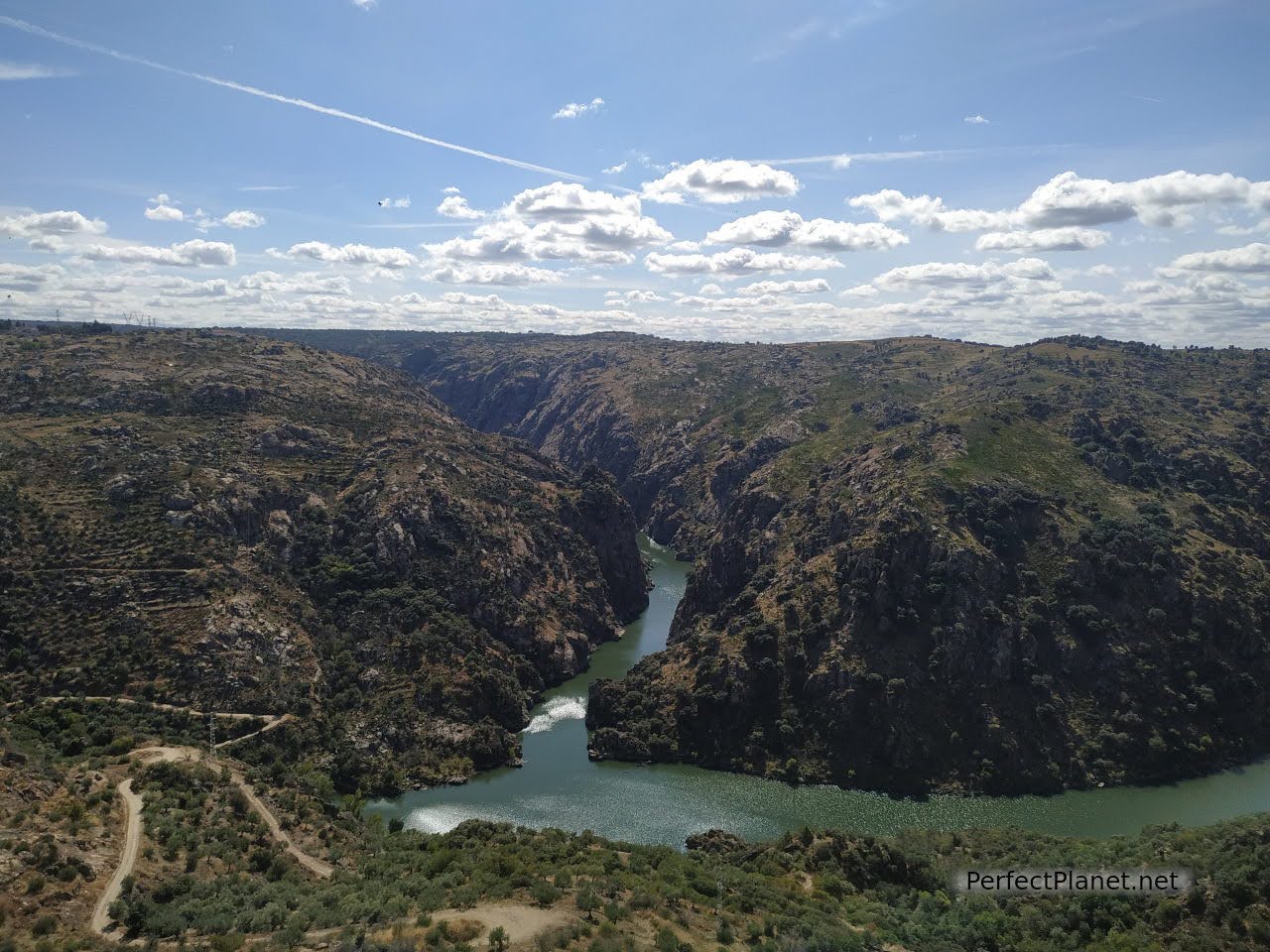
Picote viewpoint
This area is famous for having its own language different from Portuguese, Mirandese. Considered a language of humble people who lived off the land, it was not until 1998 that the Portuguese government recognised it as an official language. Mirandés is related to Asturian-Leonese, and although it is a minority language in the area around Miranda do Douro, it is still the first language and pride in preserving it continues to grow.
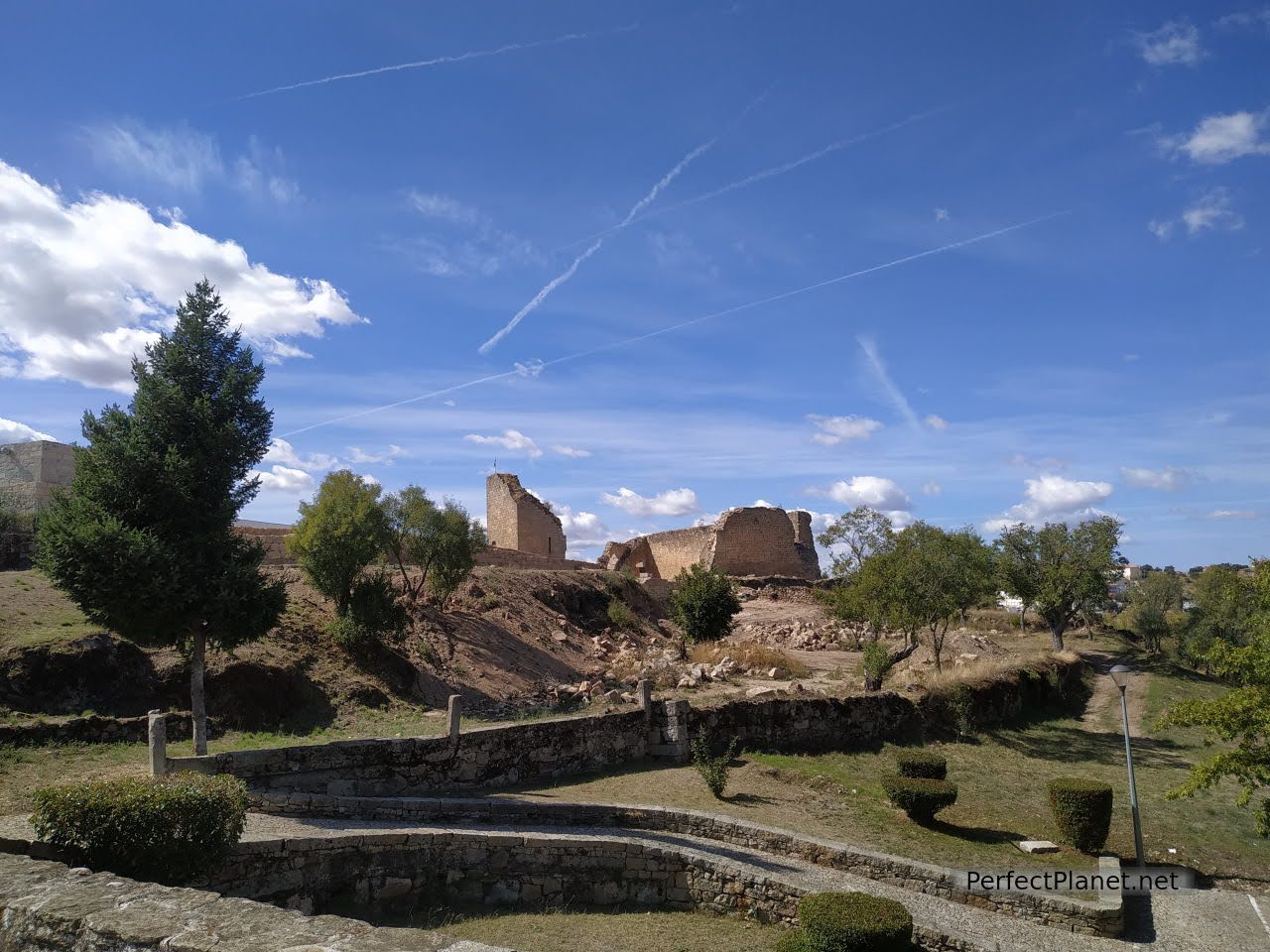
Fortress
We continue to Miranda do Douro. It is our second time in this beautiful town on the border with Spain. This time we stop for lunch and to remember it again.
If you have the opportunity you have to take one of those wonderful boats and travel along the Douro River enjoying the spectacular canyons that the river has excavated over the years. Not to be missed.

Miranda do Douro
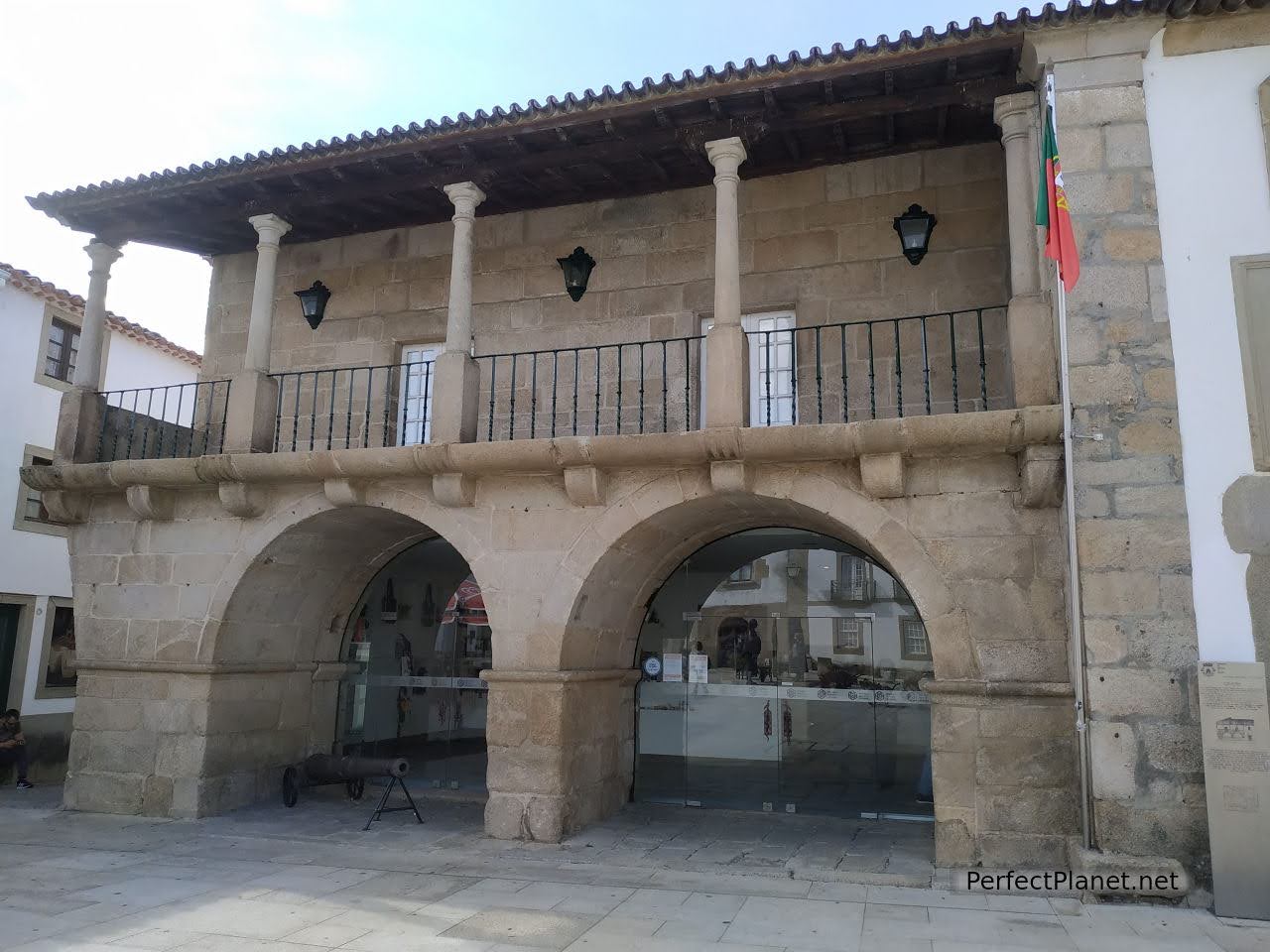
Da Tierra Museum
Miranda do Douro is a fortified town, with its beautiful walls and part of the castle still standing.
In the historic centre, the Sé and its Co-cathedral, the ruins of the Episcopal Palace and the nearby park with fountains and gardens are also worth a visit.
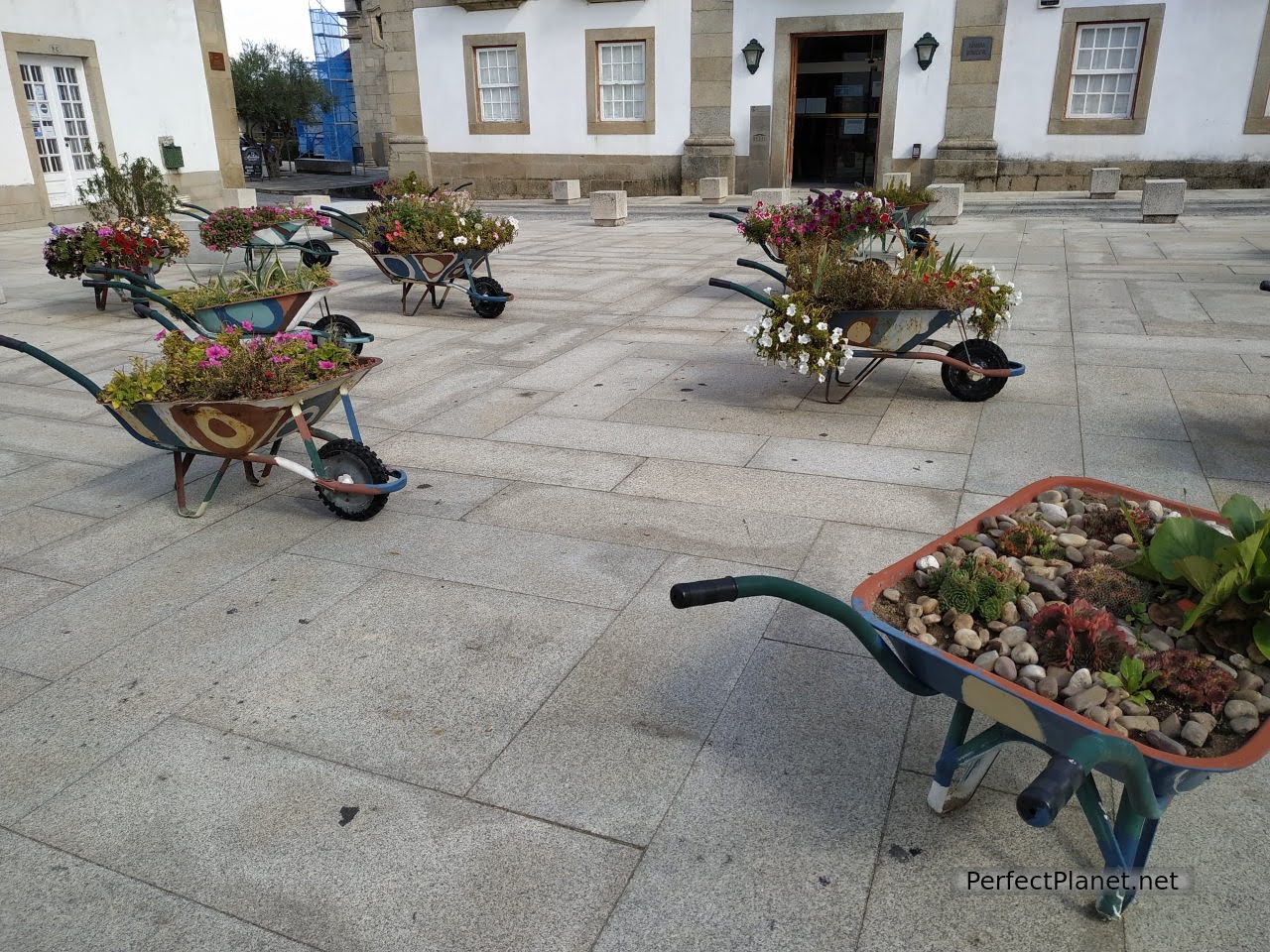
Miranda do Douro
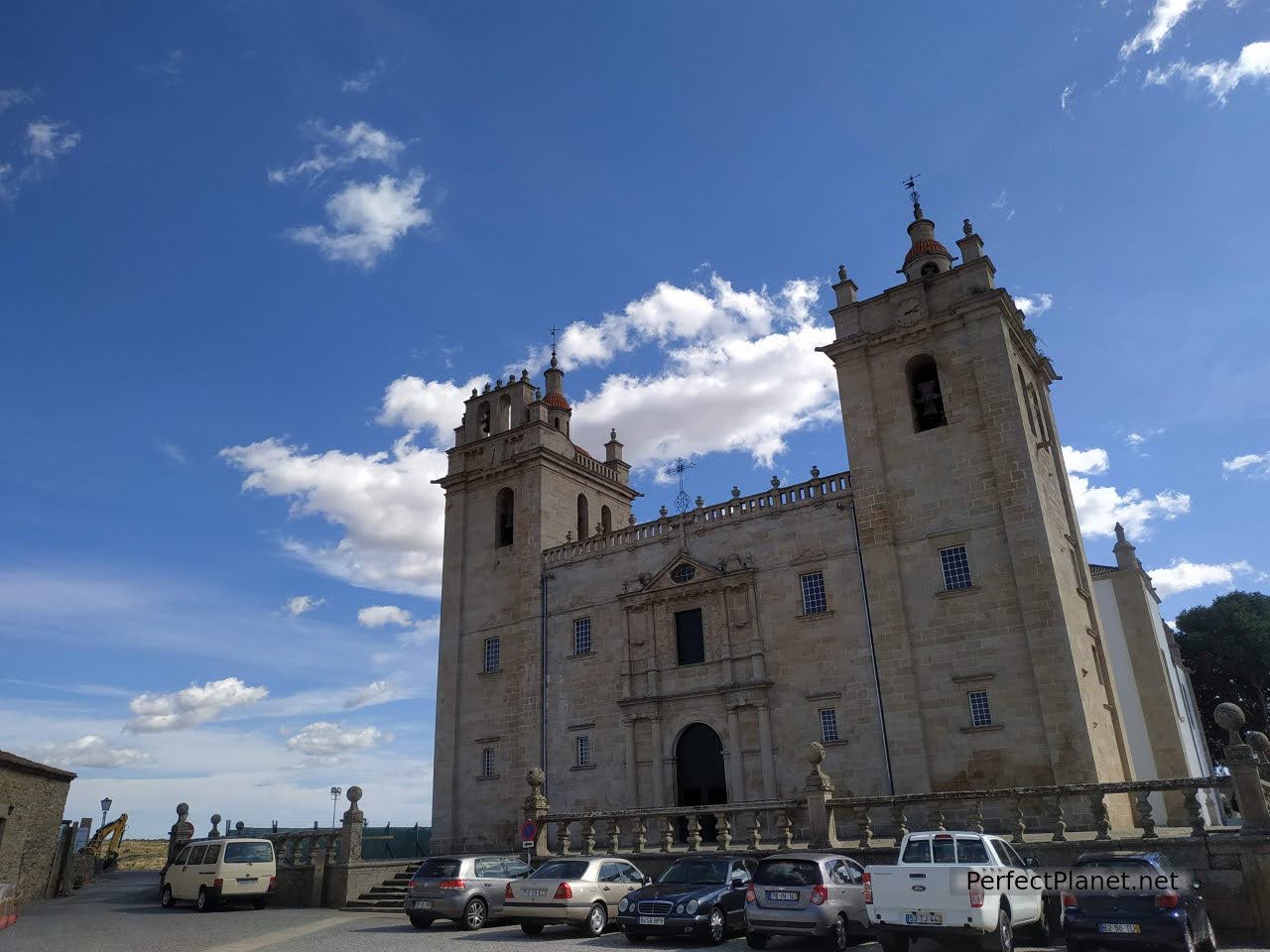
Sé
Strolling through the centre is a delight, low whitewashed houses, cobbled streets, buildings with several facades from the 15th century, the largo de Dom Joao III, the Church of Santa Cruz or the Casa das Quatro Esquinas with its corbels.
Famous are the Pauliteiros de Miranda, a dance group from these lands whose costumes and dances represent war dances, a real spectacle.
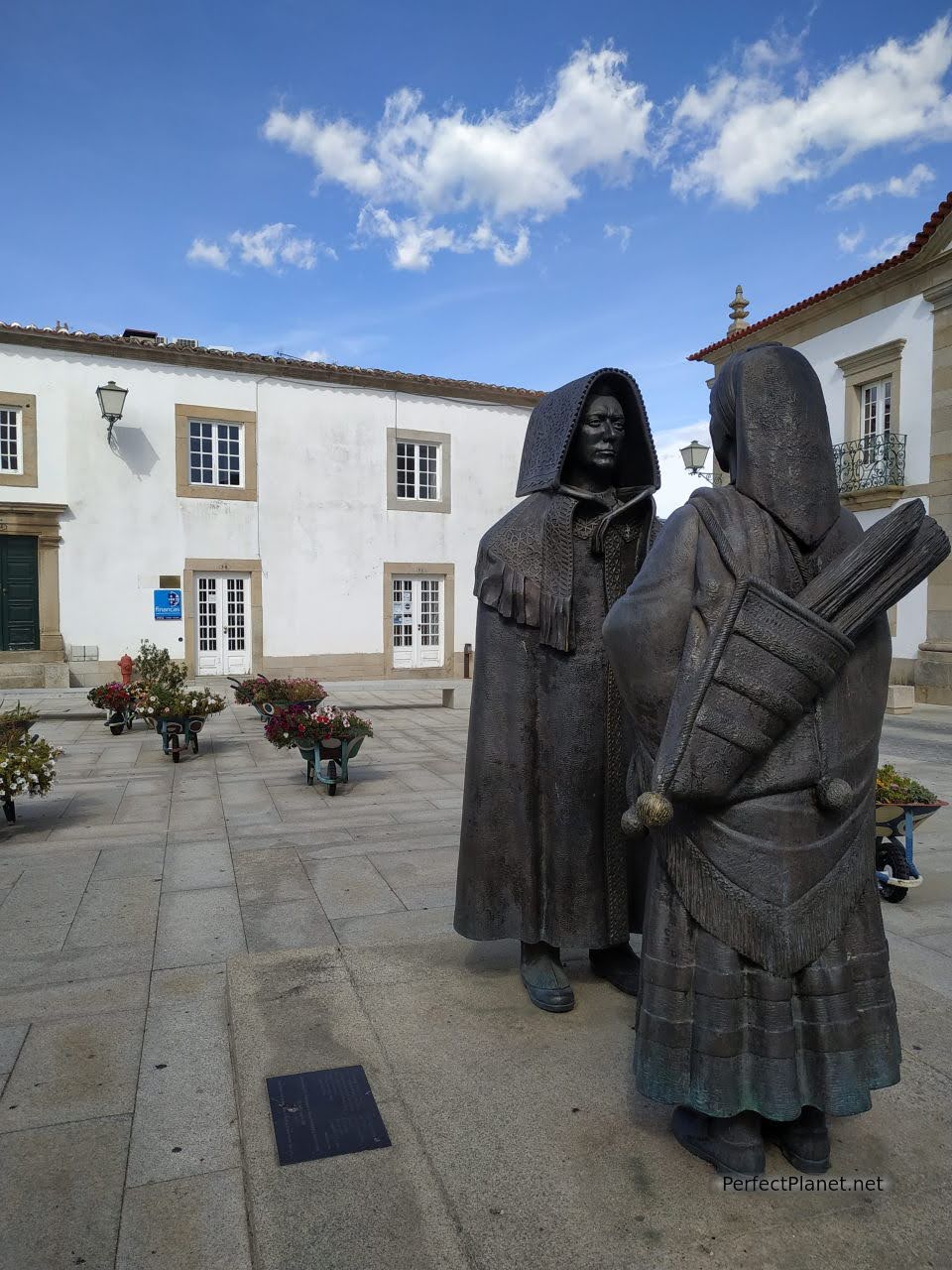
Pauliteiros
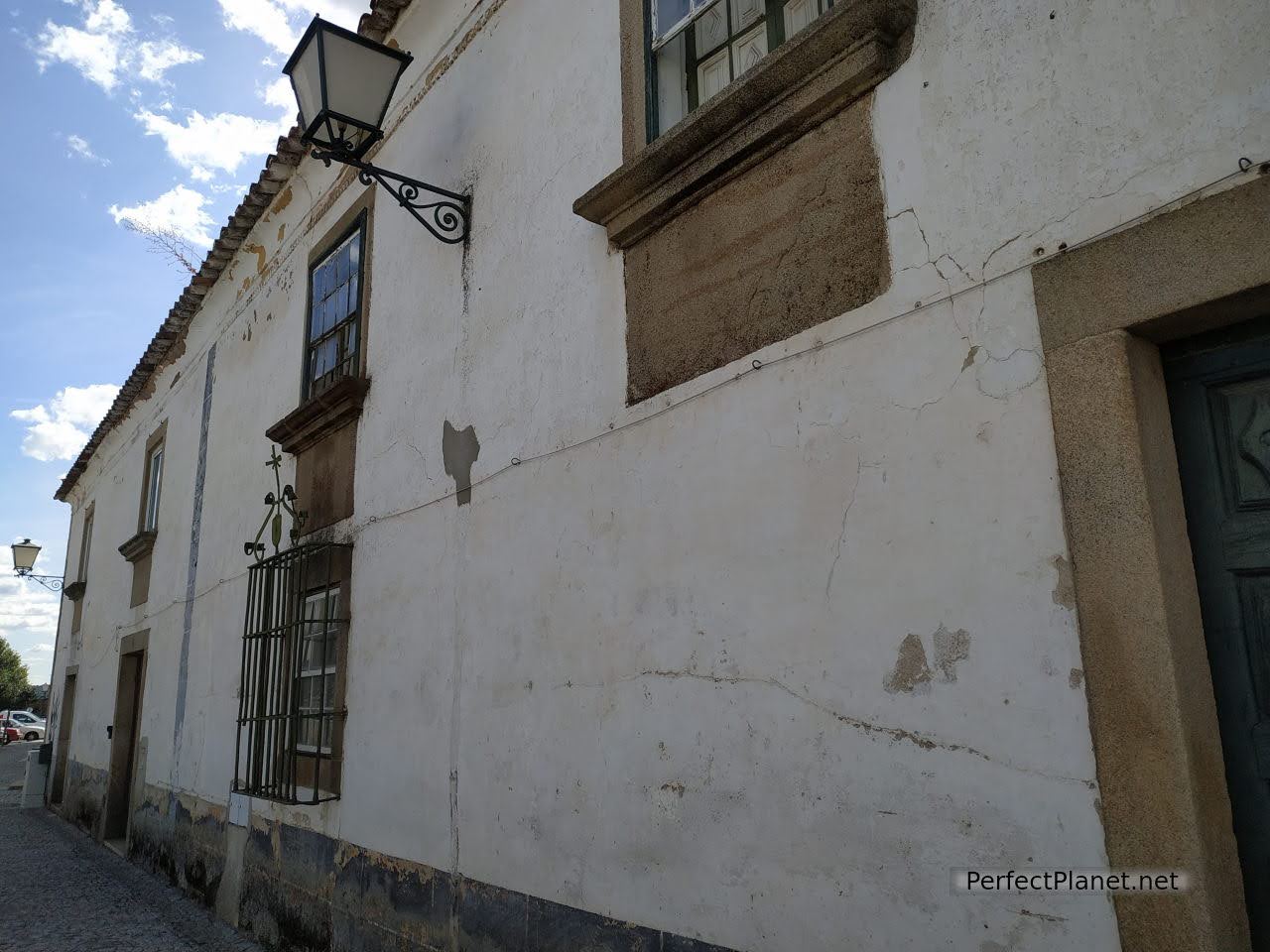
Miranda do Douro
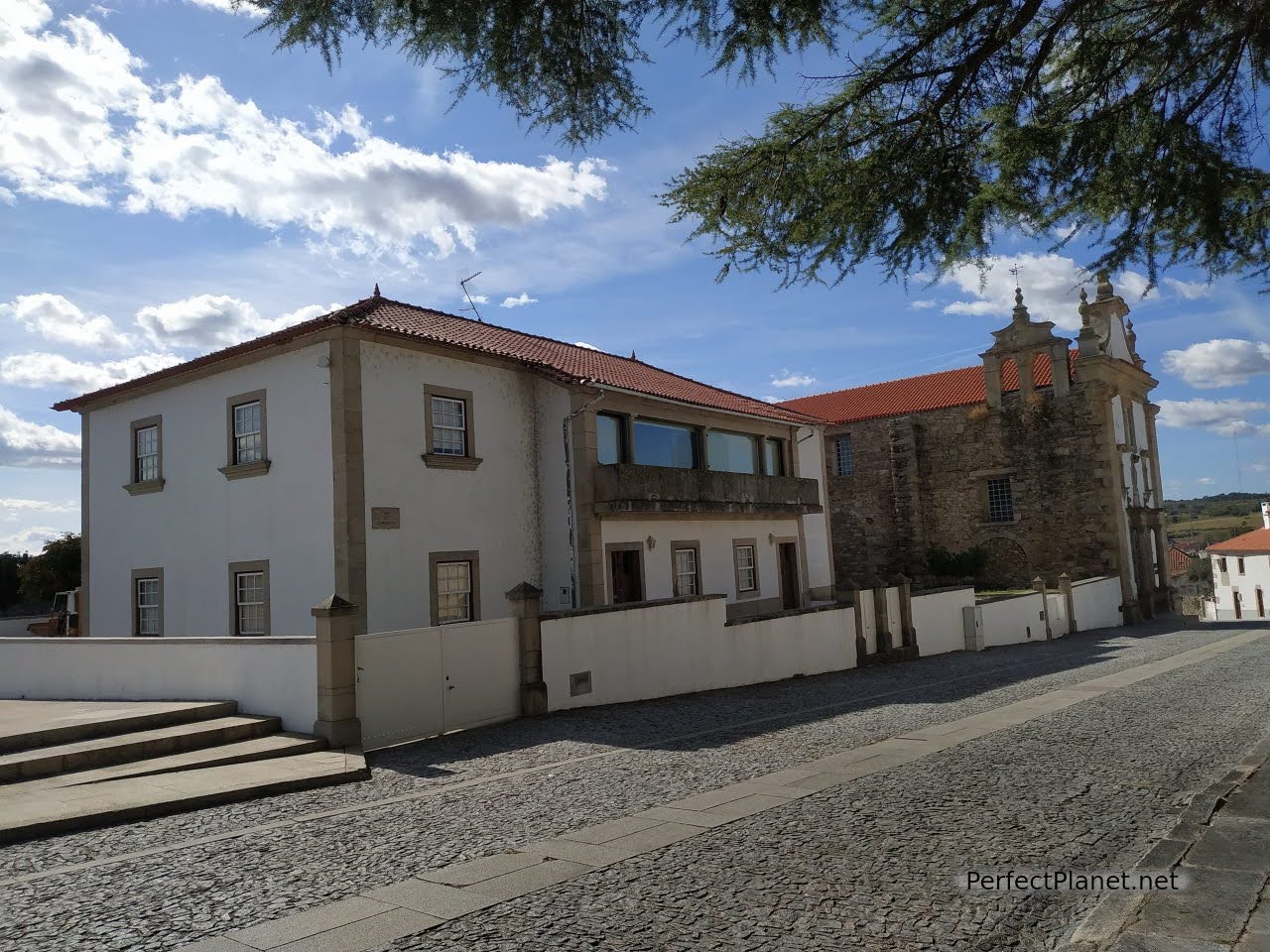
Miranda do Douro
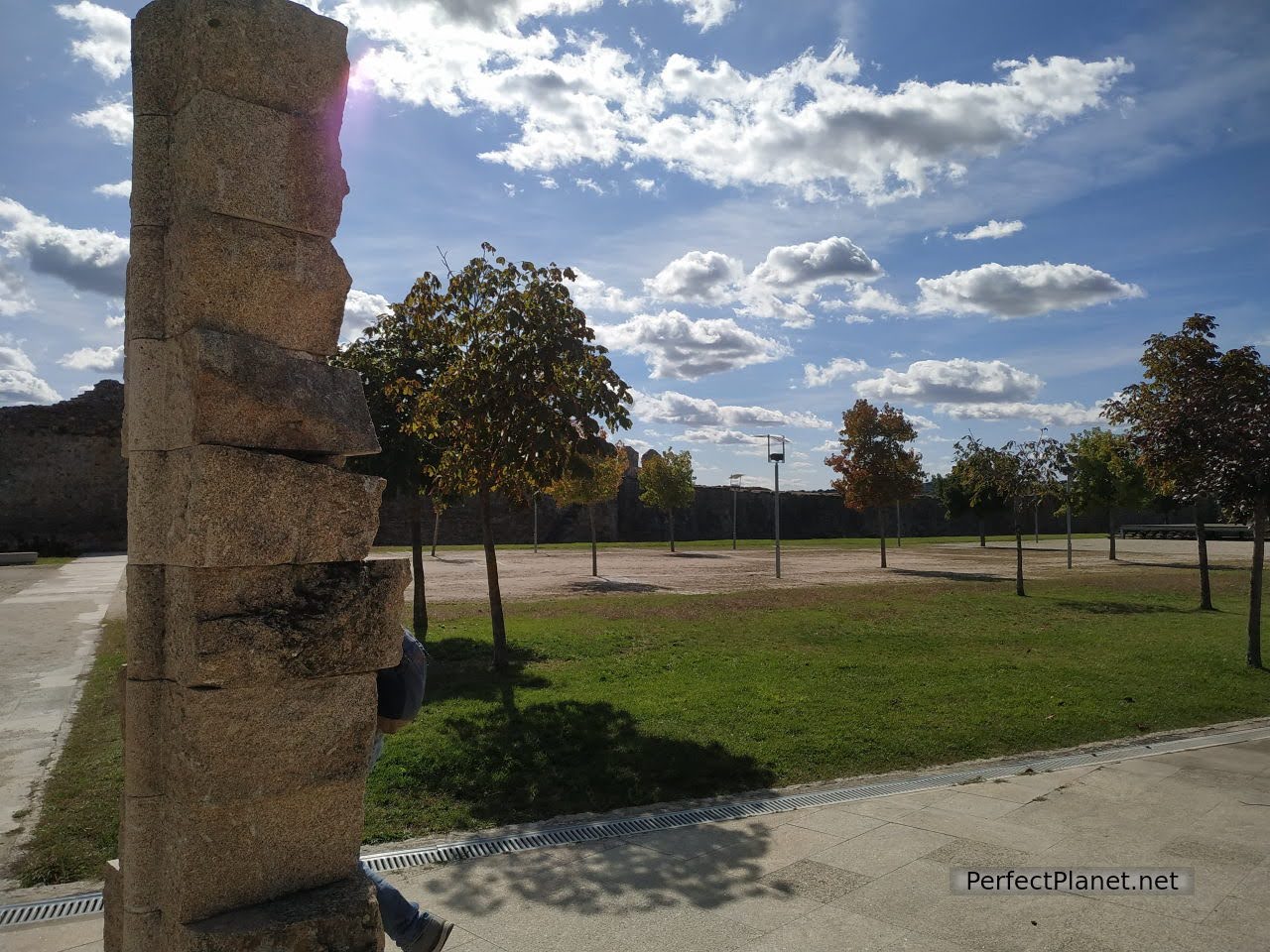
Park
Outside the old town there is an Urban Park on the Fresno river, they have a small kiosk for a drink and you can stroll along the riverbank with views of the fortress.
We leave Portugal with some regret, our Portuguese neighbour has treated us very well and we have fond memories of it.

Castle
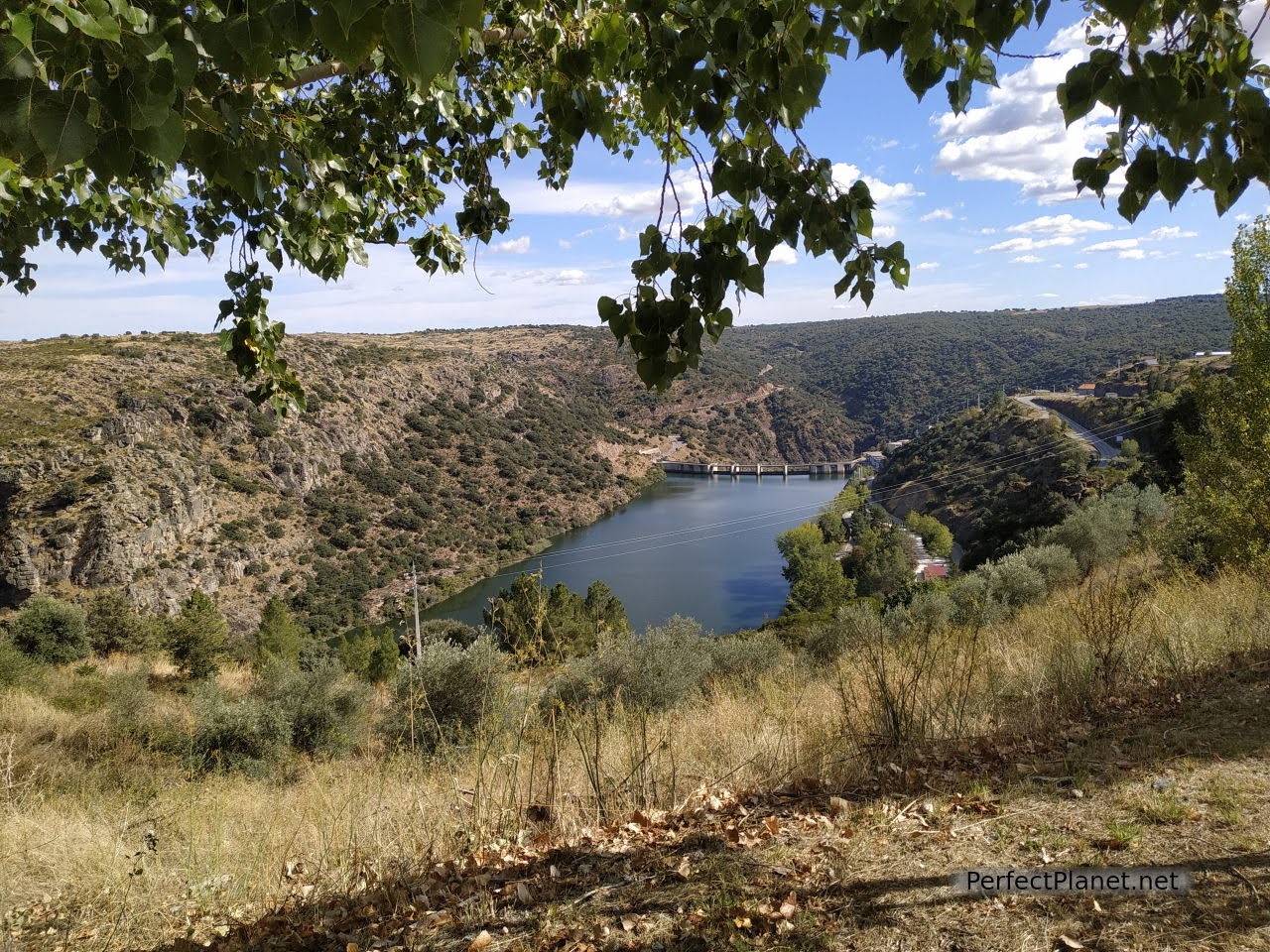
Douro river
On our way home we make a last stop in the town of Toro in the province of Zamora.
Famous for its wines, the town of Toro also has a very interesting historic quarter.
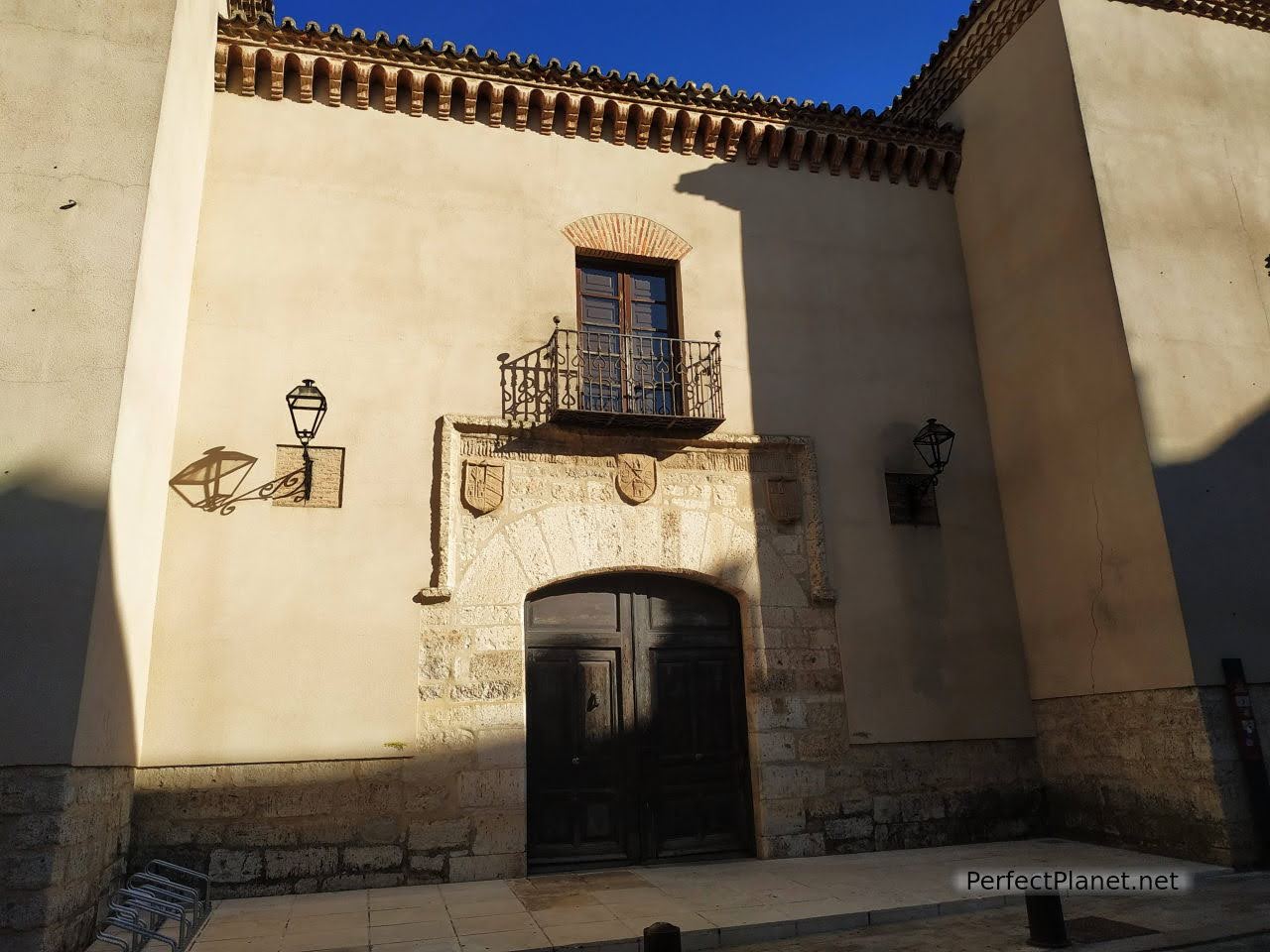
Toro
It is easy to park nearby.
The Clock Tower stands out, which rises above one of the old entrance gates to the city, the Market Gate. It is said that wine, which is more abundant than water in the city, was used to make the mortar.
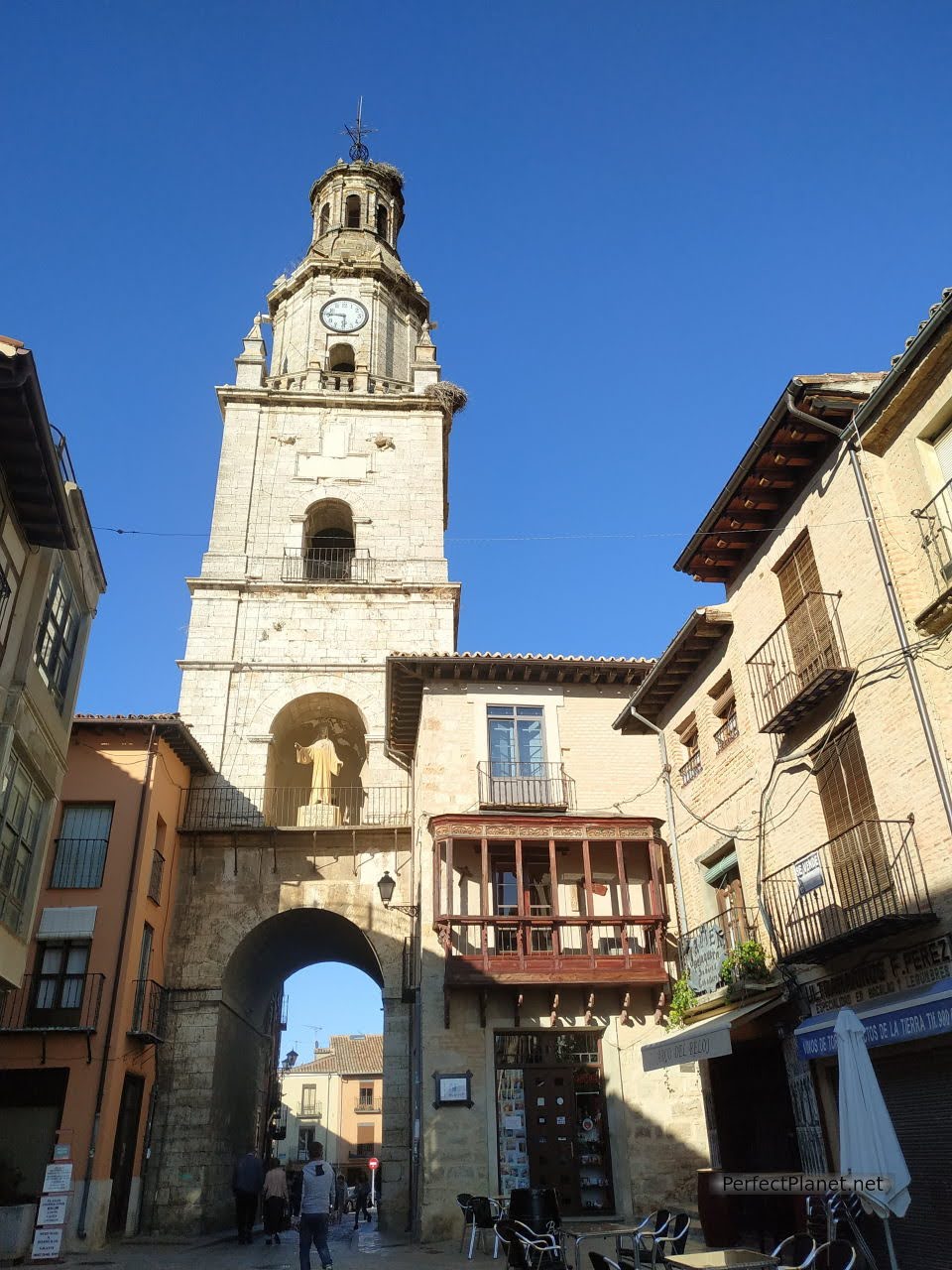
Clock Tower
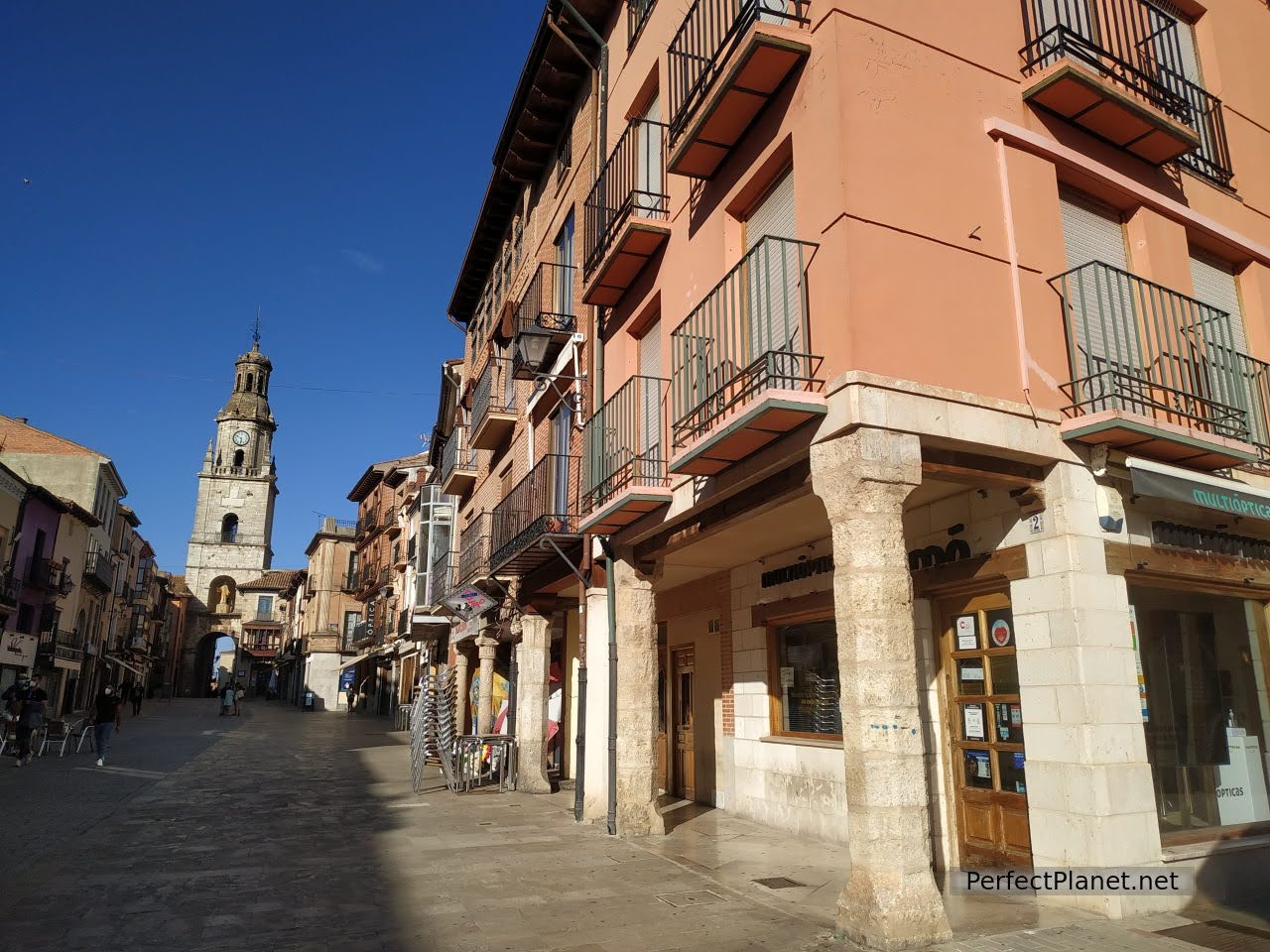
Main Street
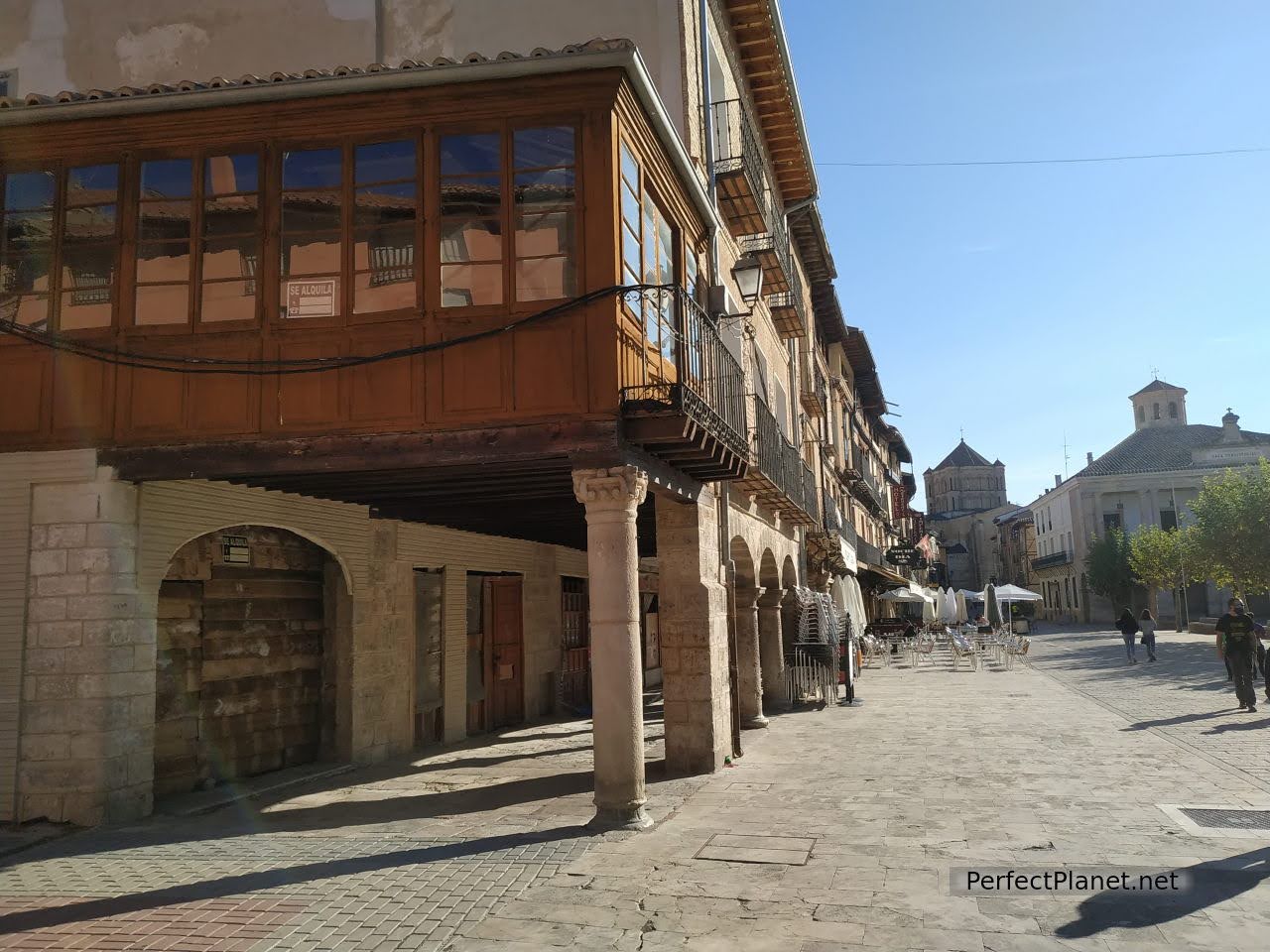
Main Street
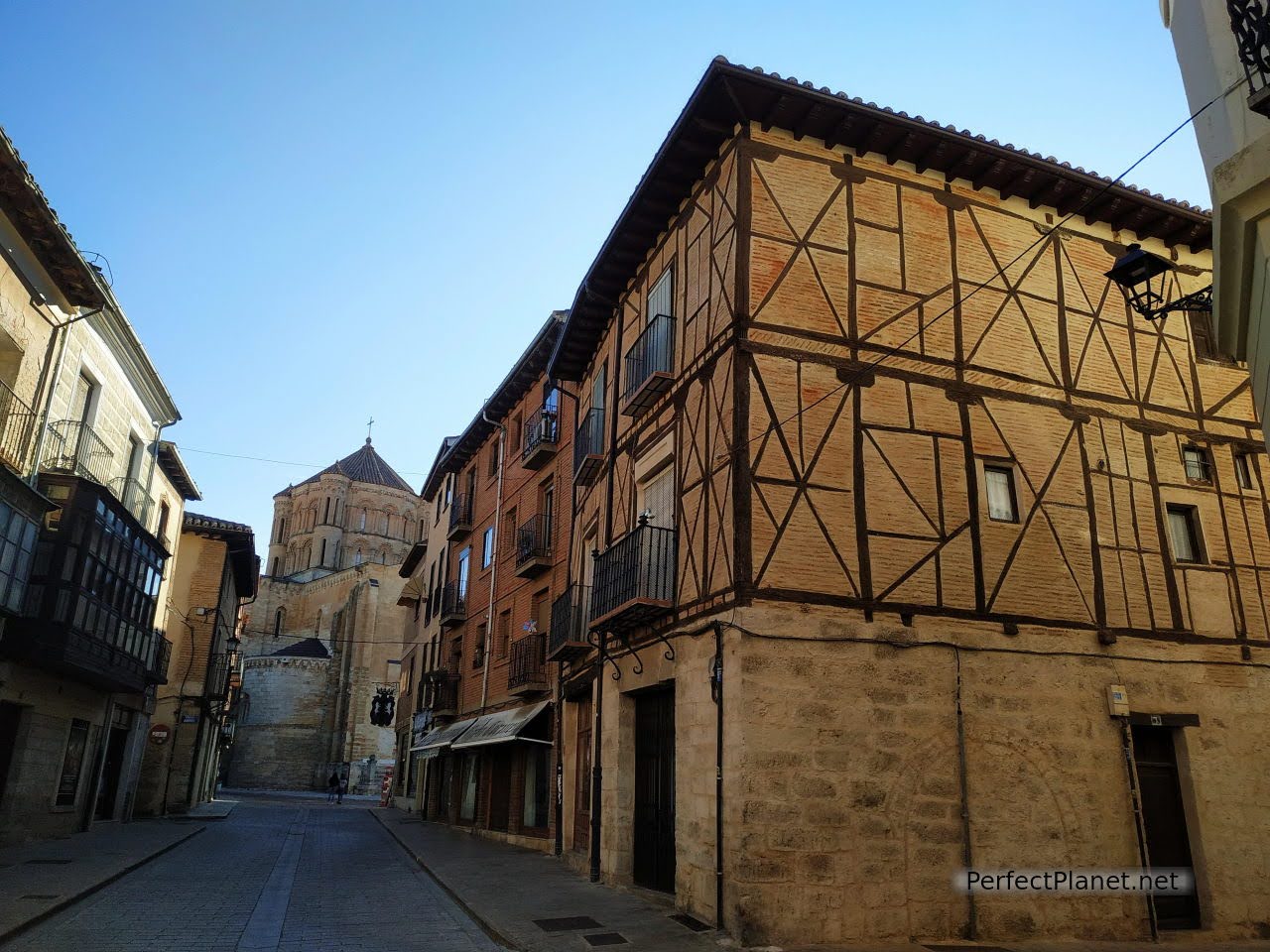
Toro
We continue along the Main Street full of terraces, bars and restaurants until we reach the spectacular 12th century Collegiate Church of Santa María la Mayor. It is the most important monument in the town. It is worth noting the dome that rises above the transept and its northern doorway with its original polychromy. Several architects took part in its construction and this is reflected in the building. Not to be missed.
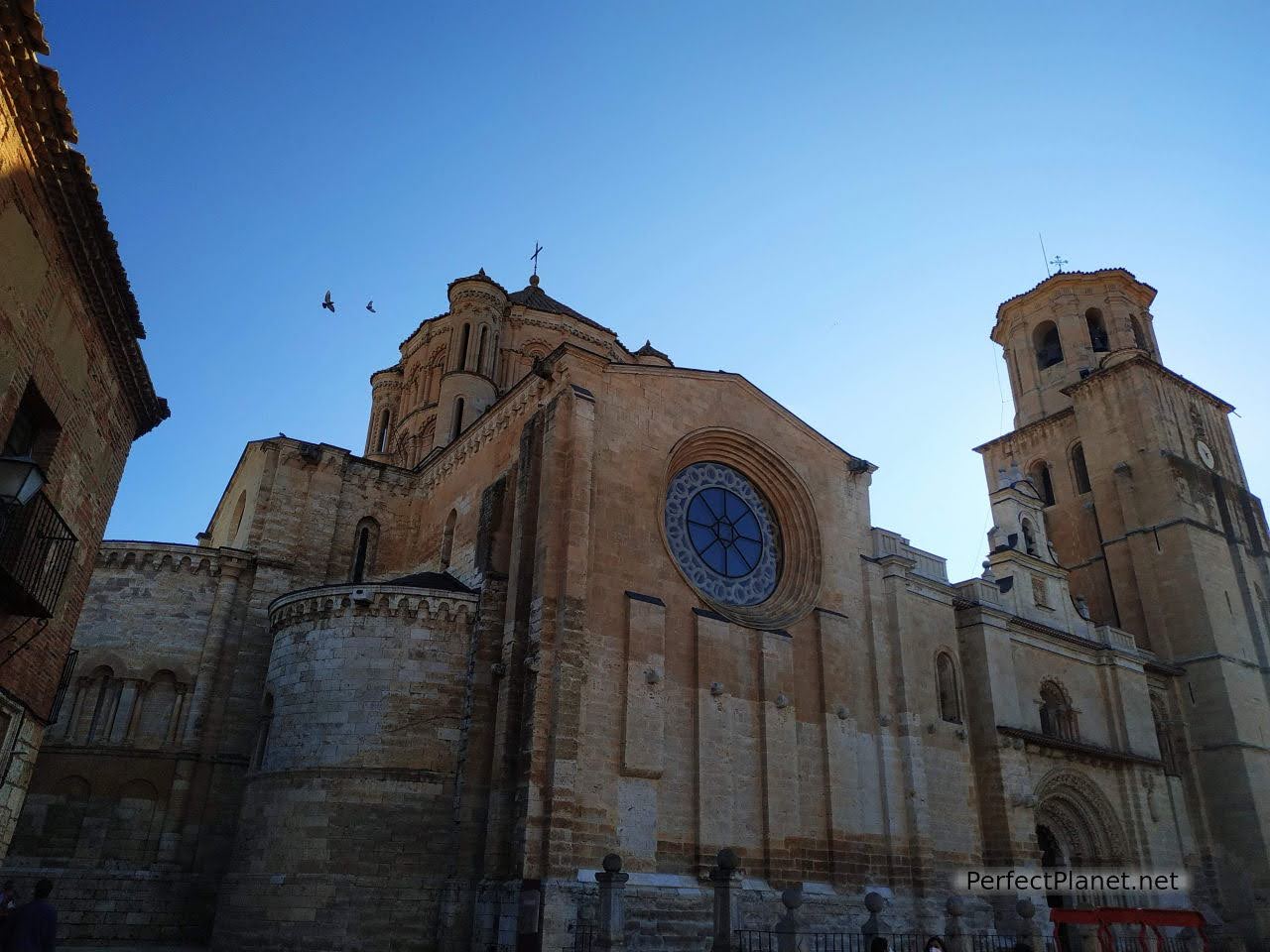
Collegiate Church of Santa María la Mayor
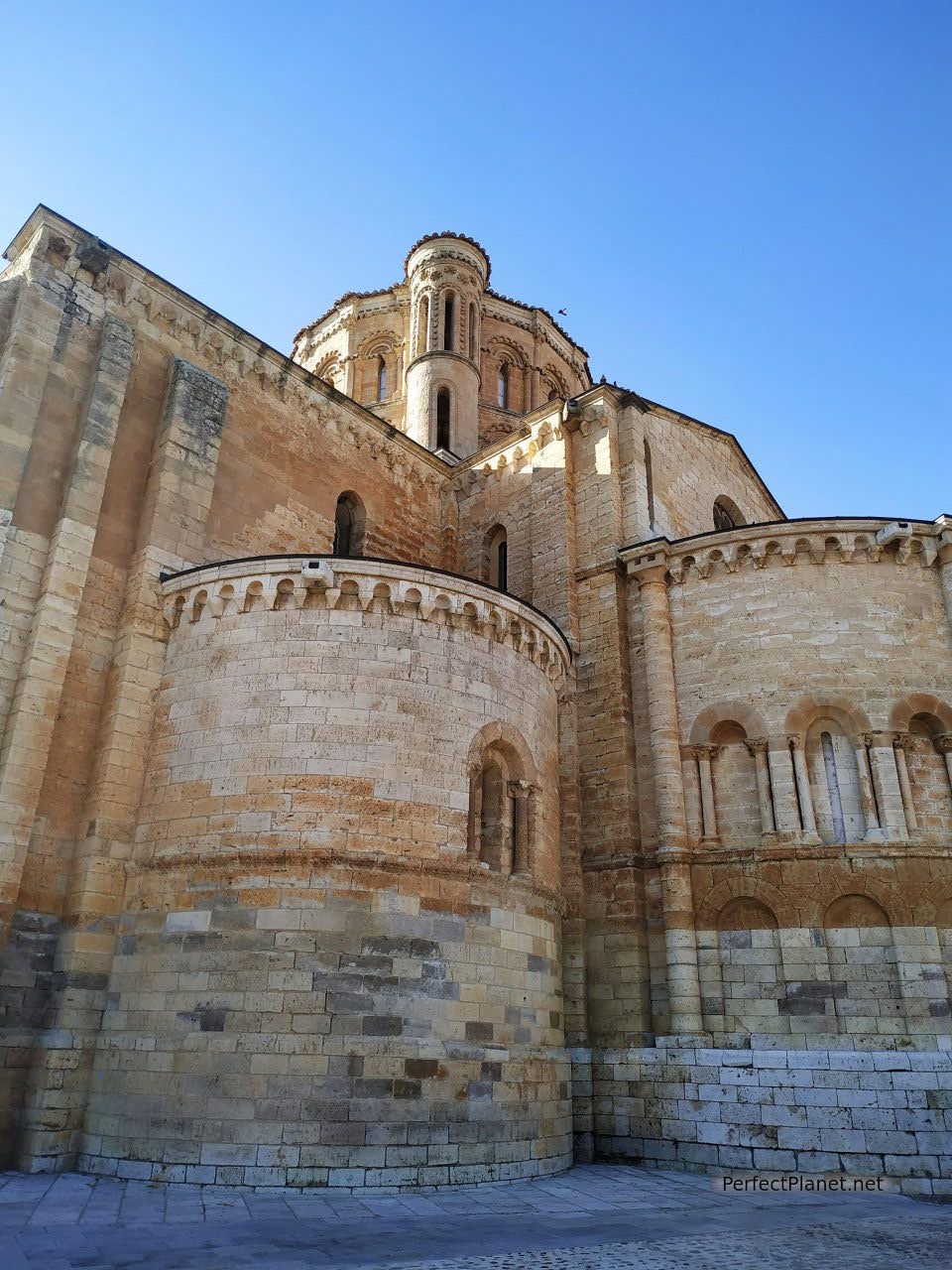
Collegiate Church of Santa María la Mayor

Collegiate Church of Santa María la Mayor
At the back of the Collegiate Church, the Paseo del Espolón has a viewpoint with spectacular views of Castile. Following this walk you reach the Alcázar, a 10th century military construction that offers beautiful panoramic views of the Duero. It was the last refuge of Juana la Beltraneja before she lost the war with Isabella the Catholic.
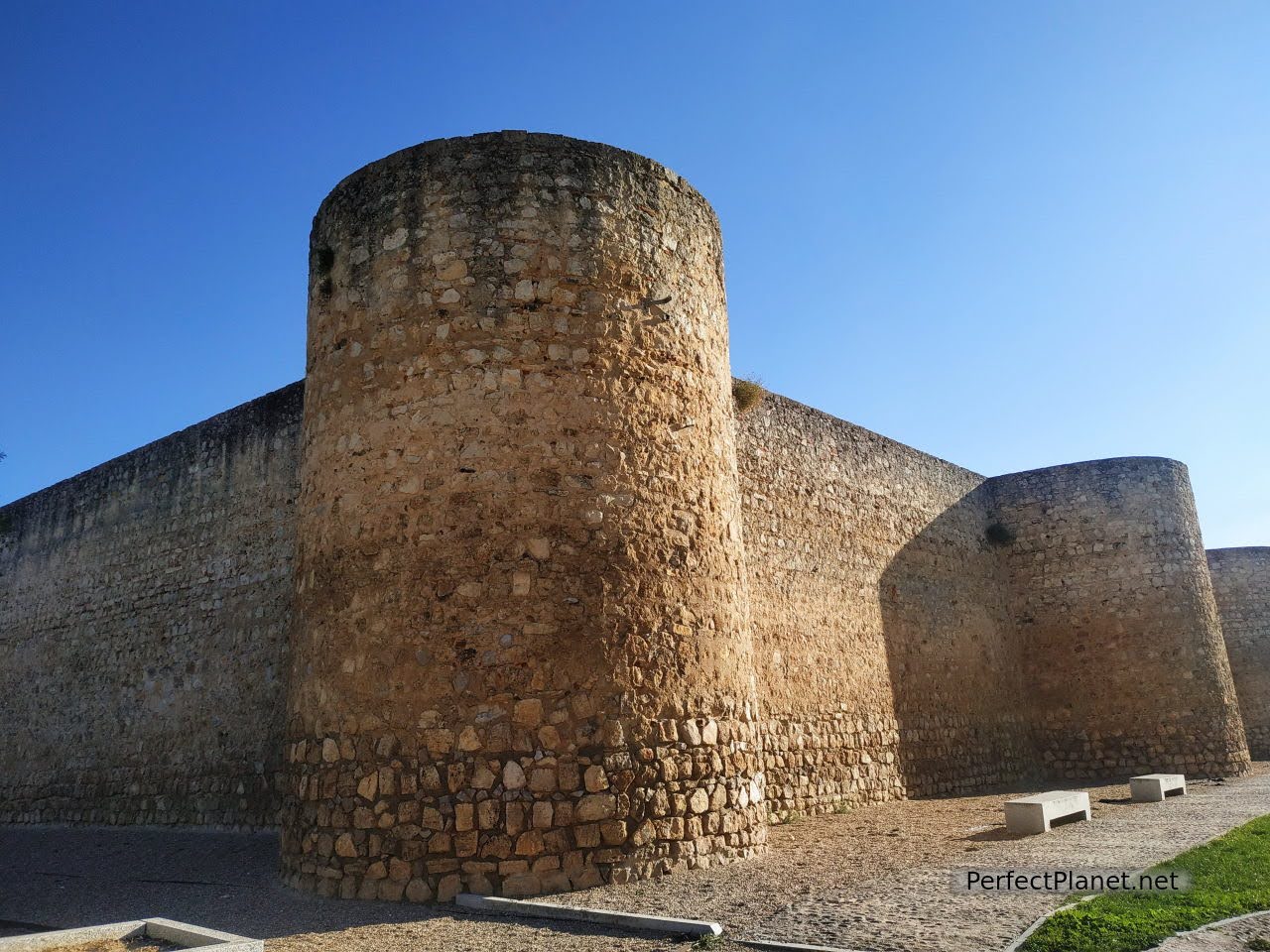
Alcázar
At the entrance to the Alcázar is a sculpted stone bull dating from the early Bronze Age and early Iron Age. Known as verracos they are similar to those we have seen in neighbouring Portugal.
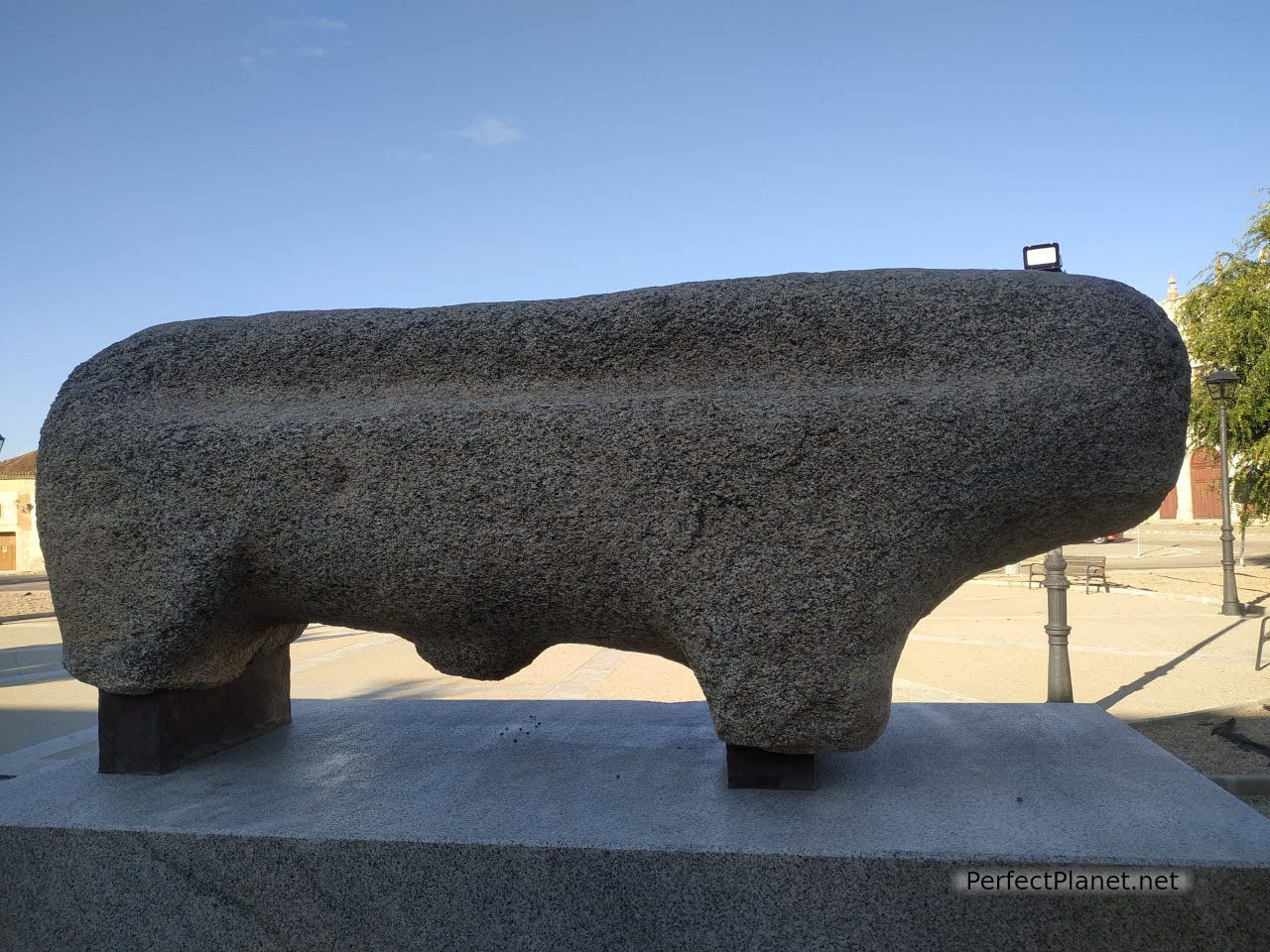
Bull of stone
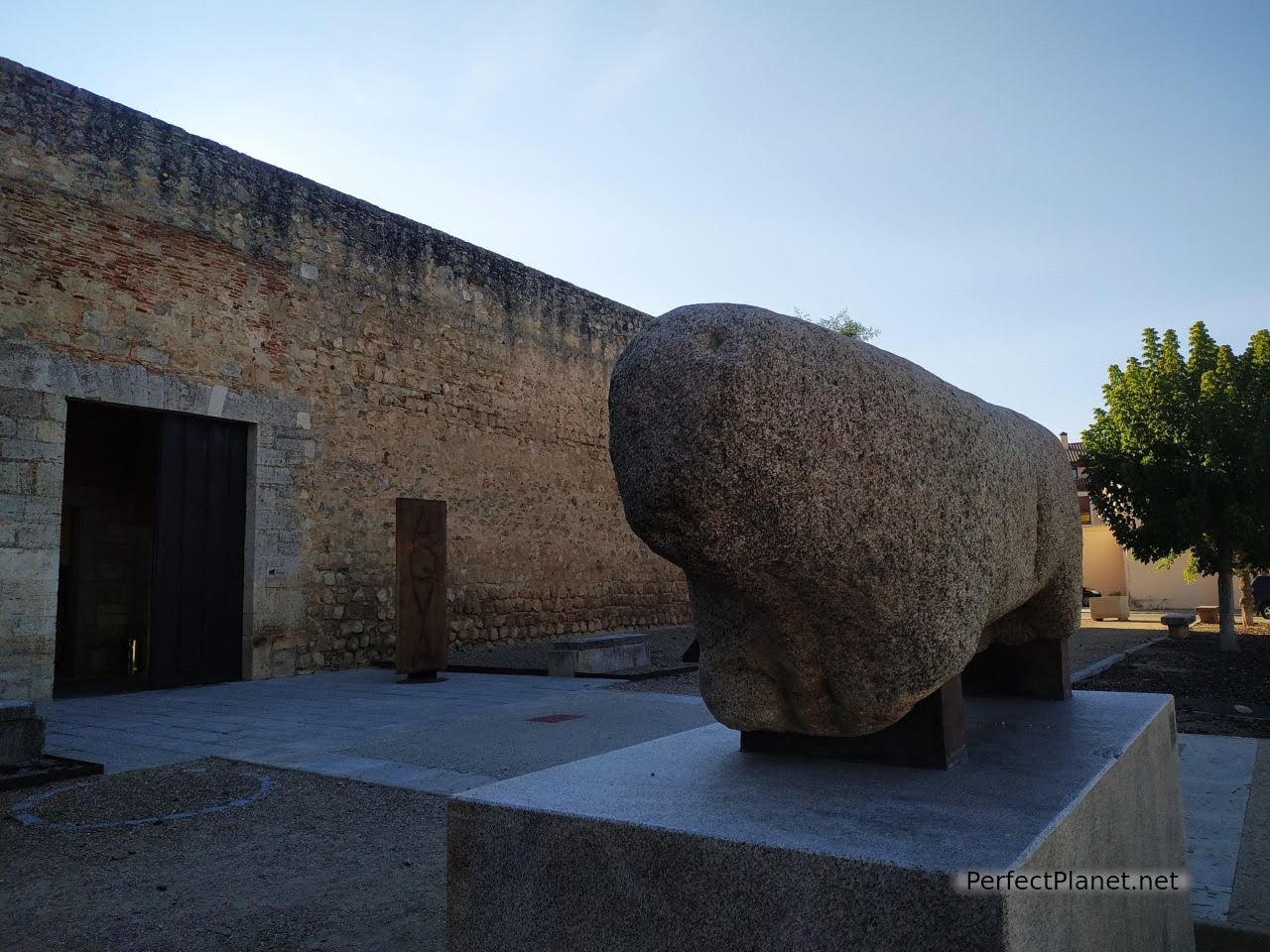
Bull of stone
Toro is also famous for its wines with denomination of origin. They even have an indigenous grape, the Tinta de Toro, used to produce red wine. You can visit the underground cellar of the Town Hall built between the 10th and 11th centuries. During the festivities of San Agustín thousands of litres of wine are thrown among the people of Toro.
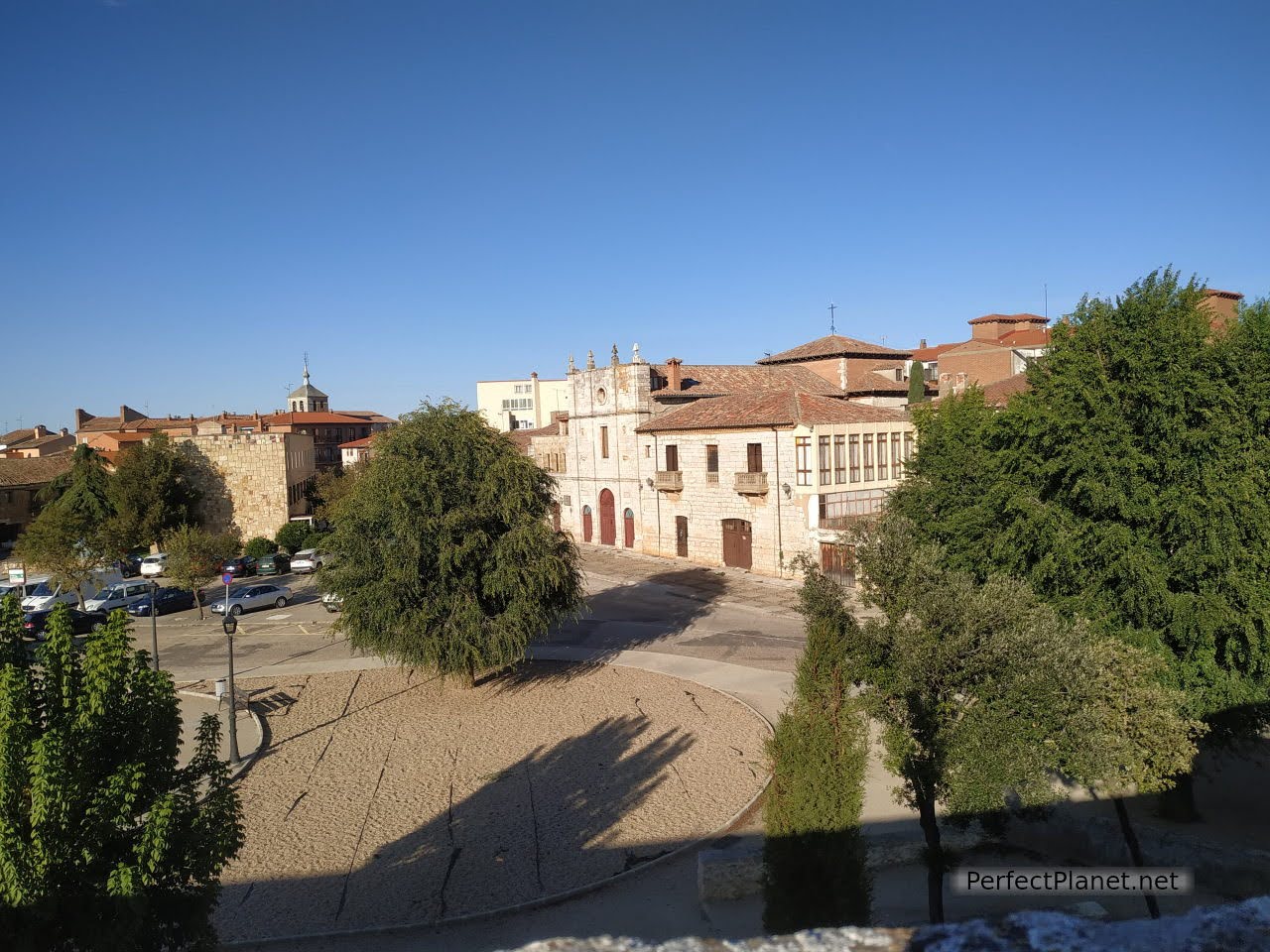
Views from the Alcázar
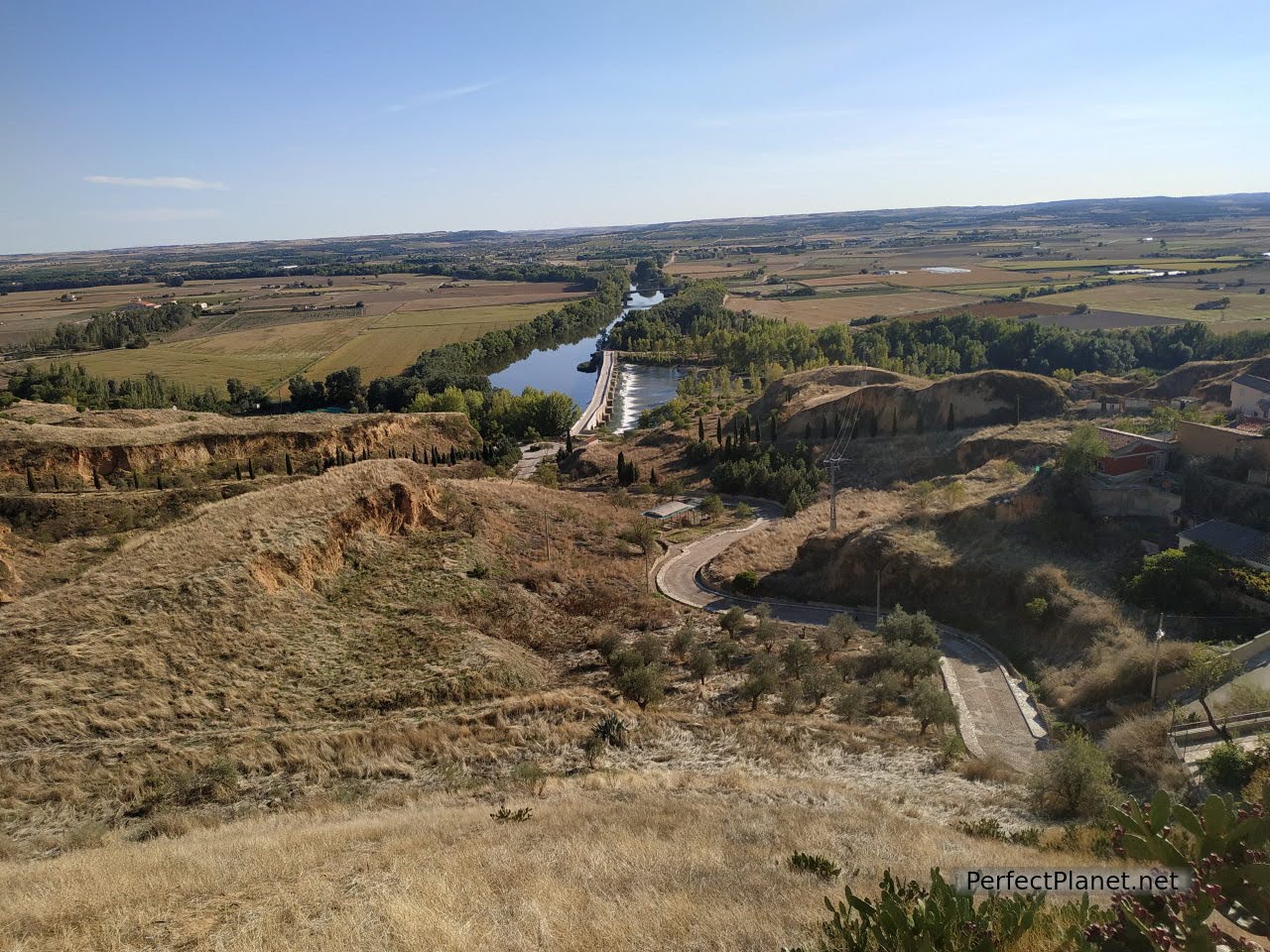
Castile fields
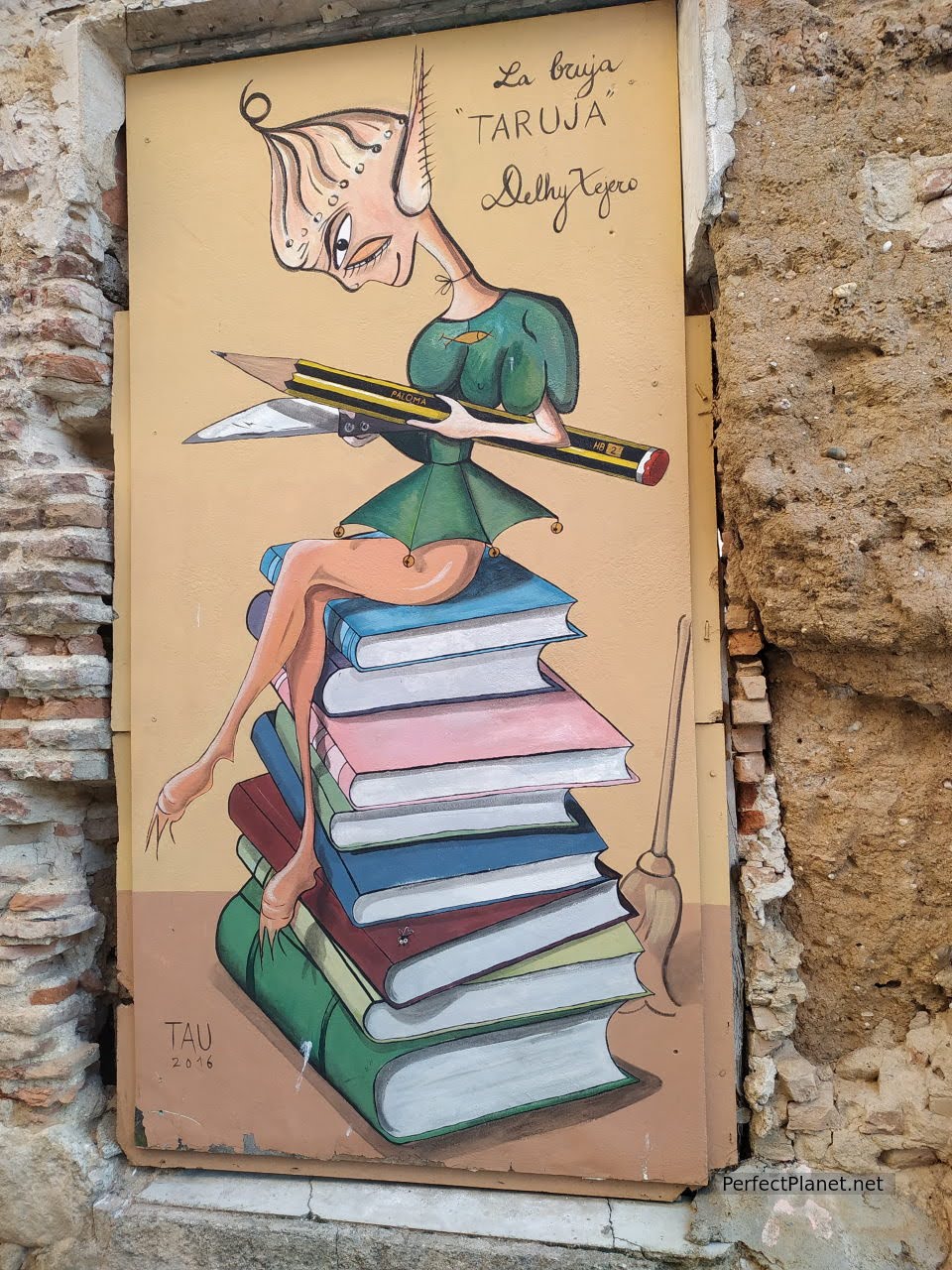
Toro
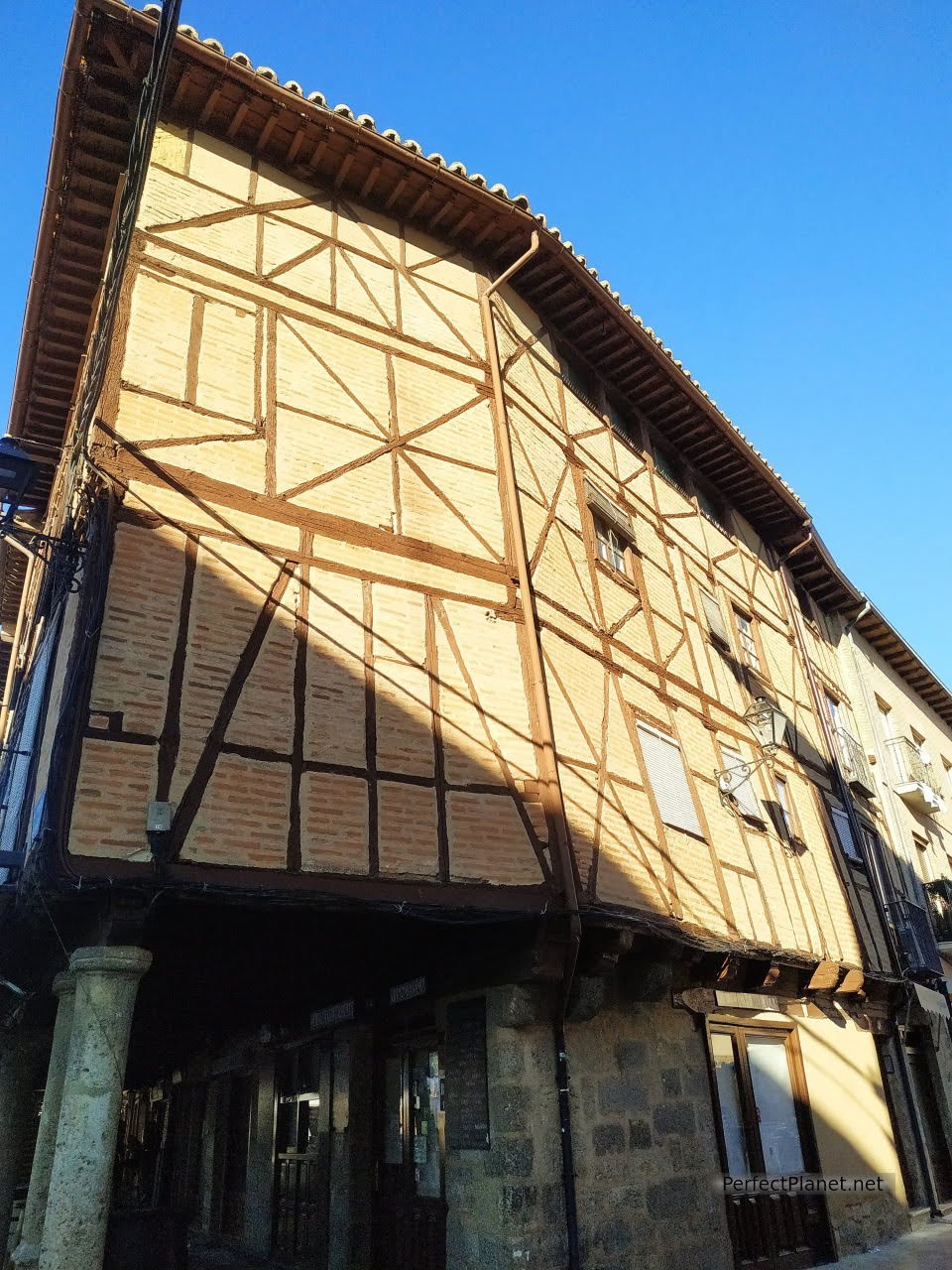
Toro
We have a drink on the terrace of the Café Restaurant Castilla, which looks very good.
We take the car and return home. It's been a great trip with fantastic company.
Pastelaria Bom Gosto: sweets 2€.
Shop in Picote: oil 4,5€ small bottle.
Café Restaurant Castilla: two soft drinks 4,60€.
- Log in to post comments

